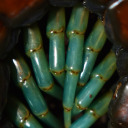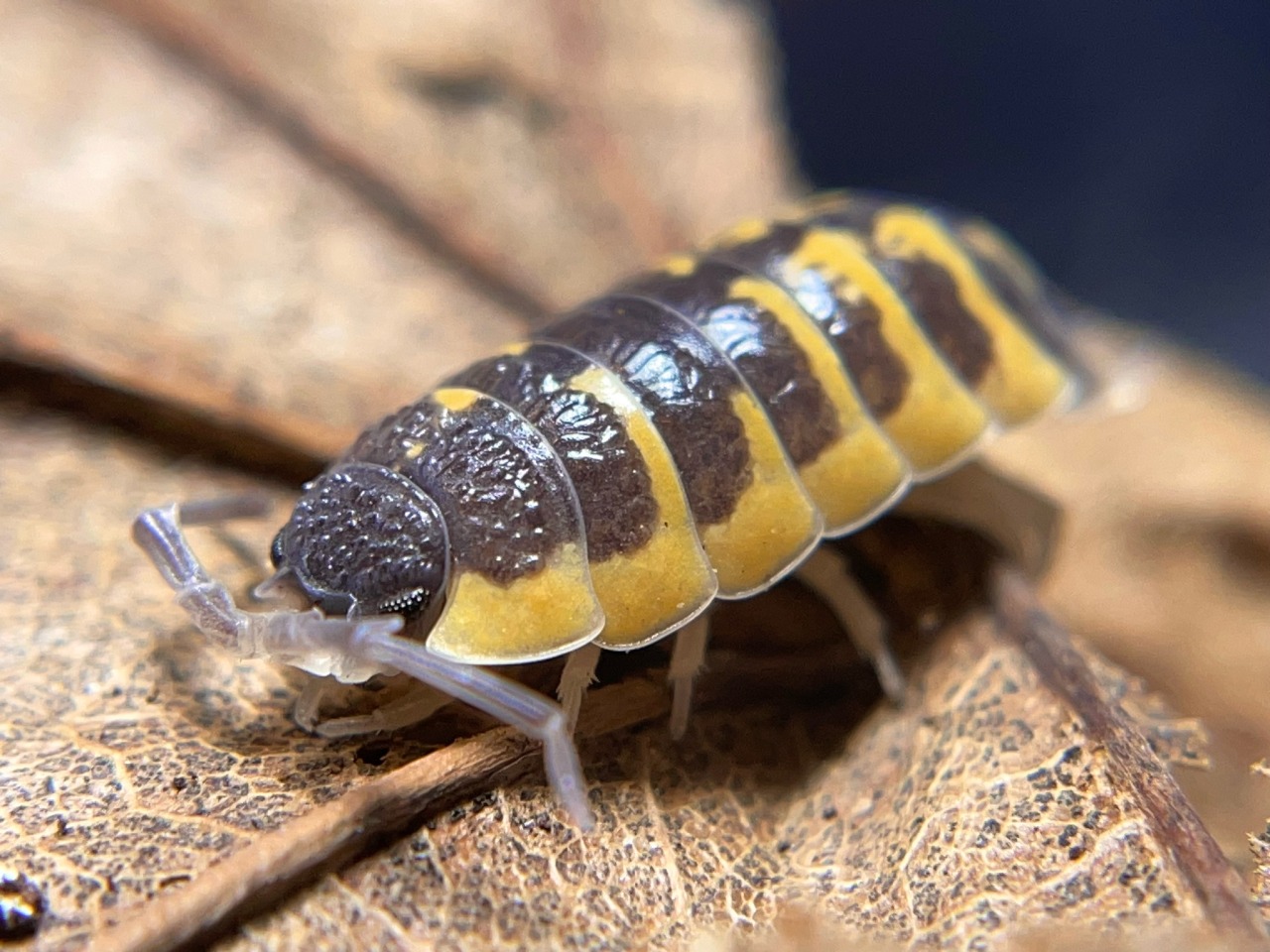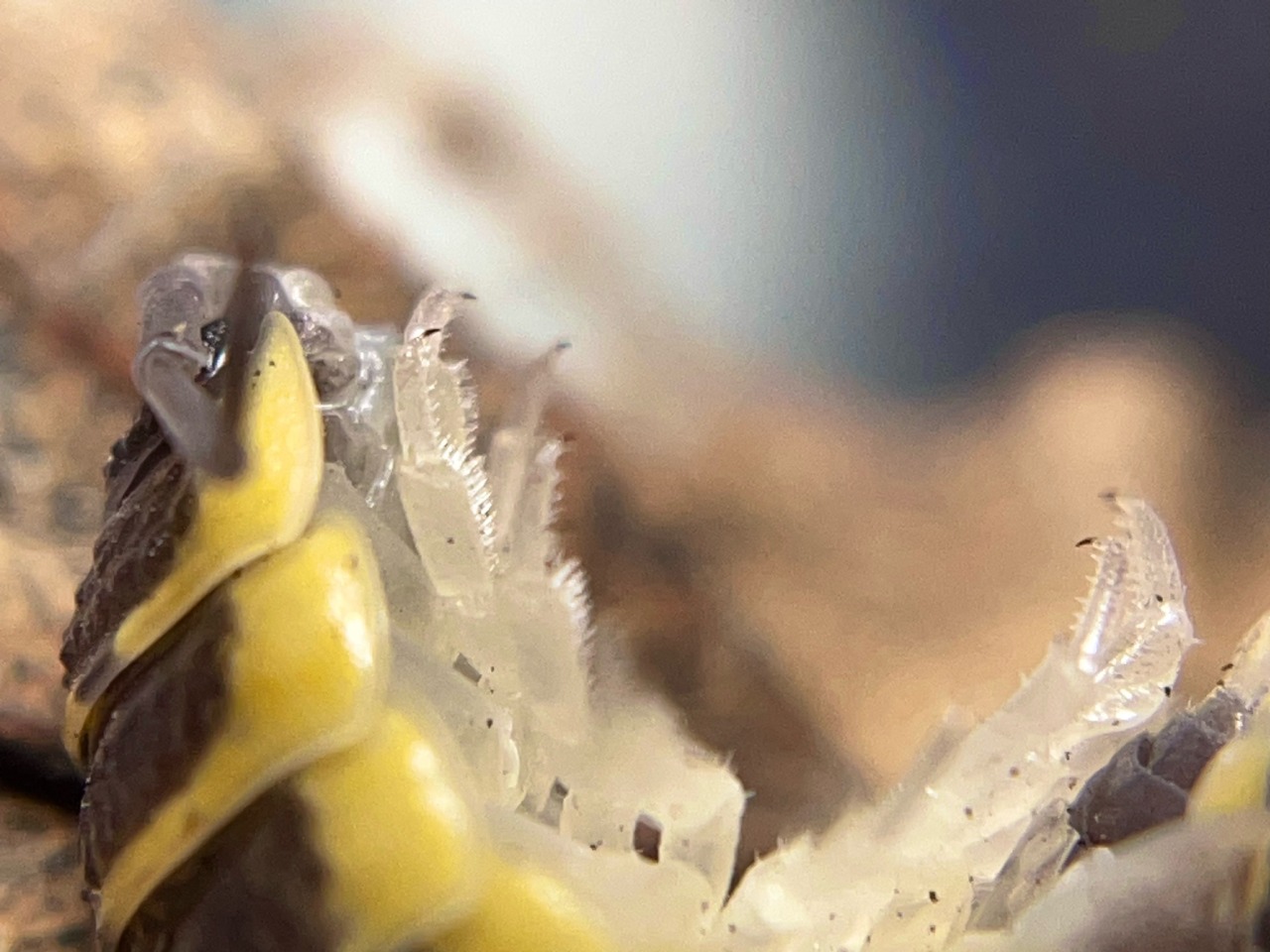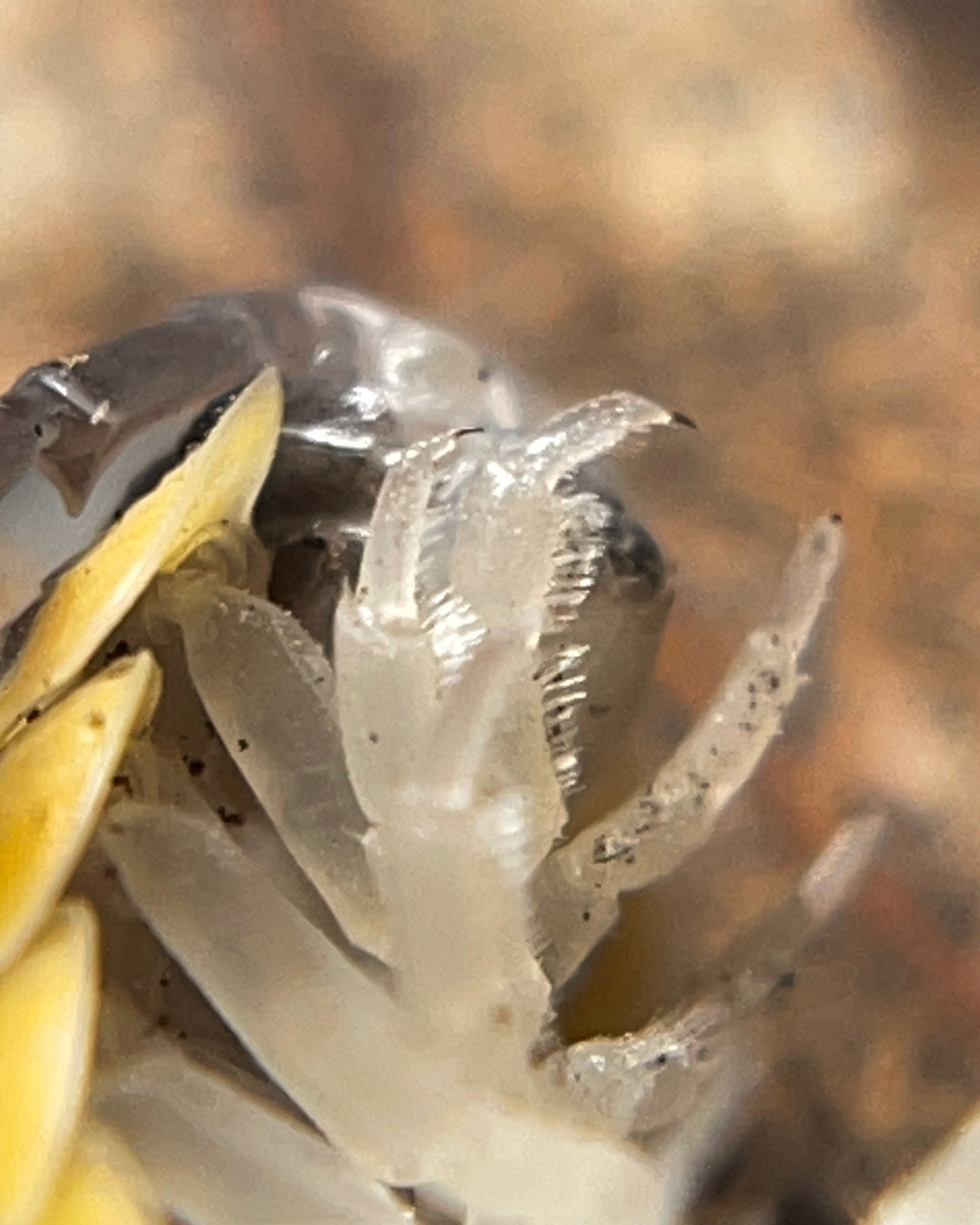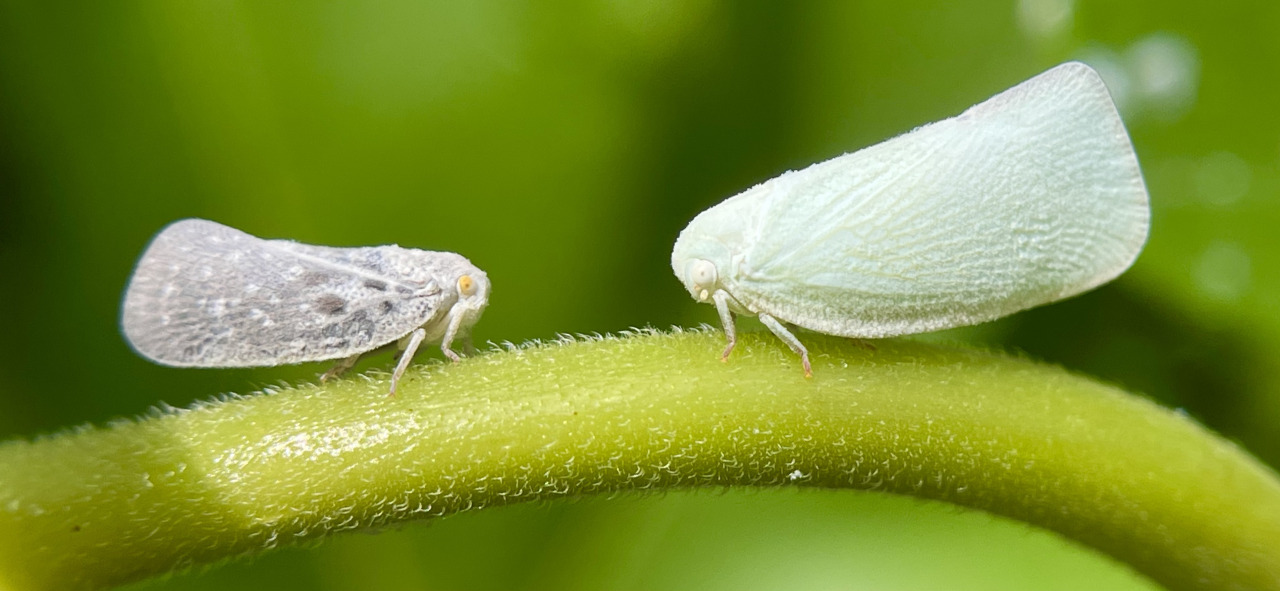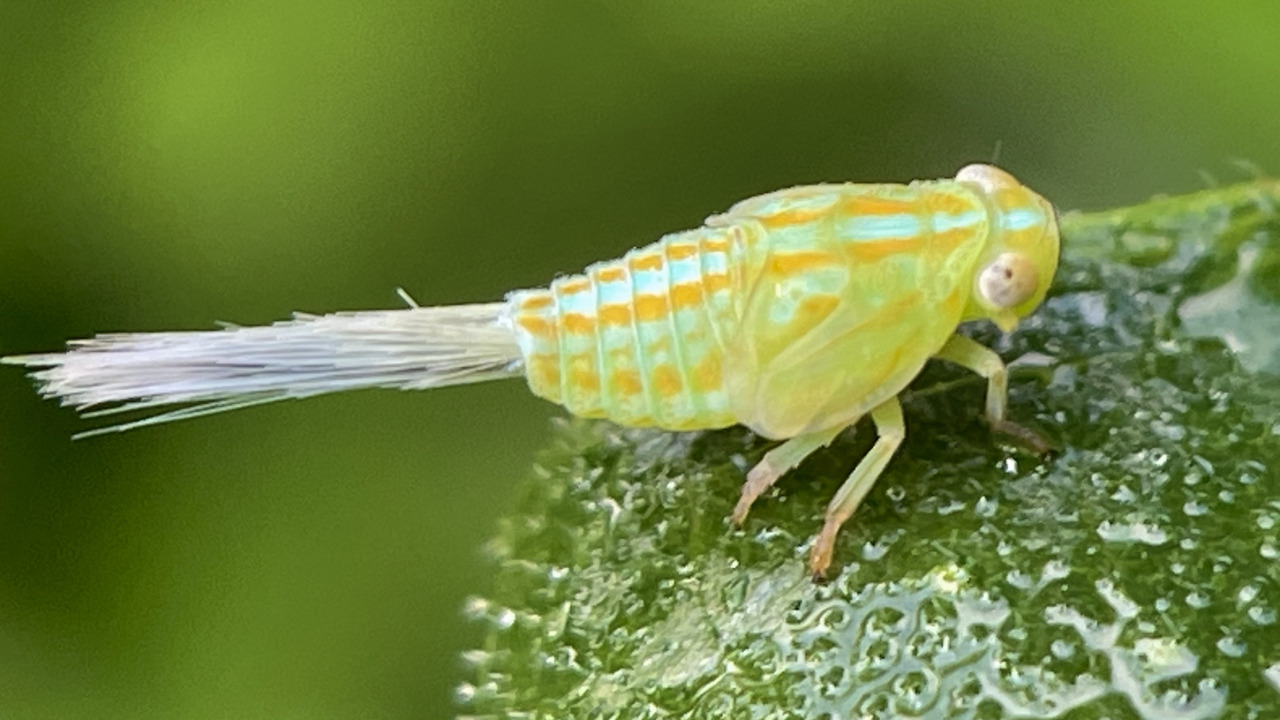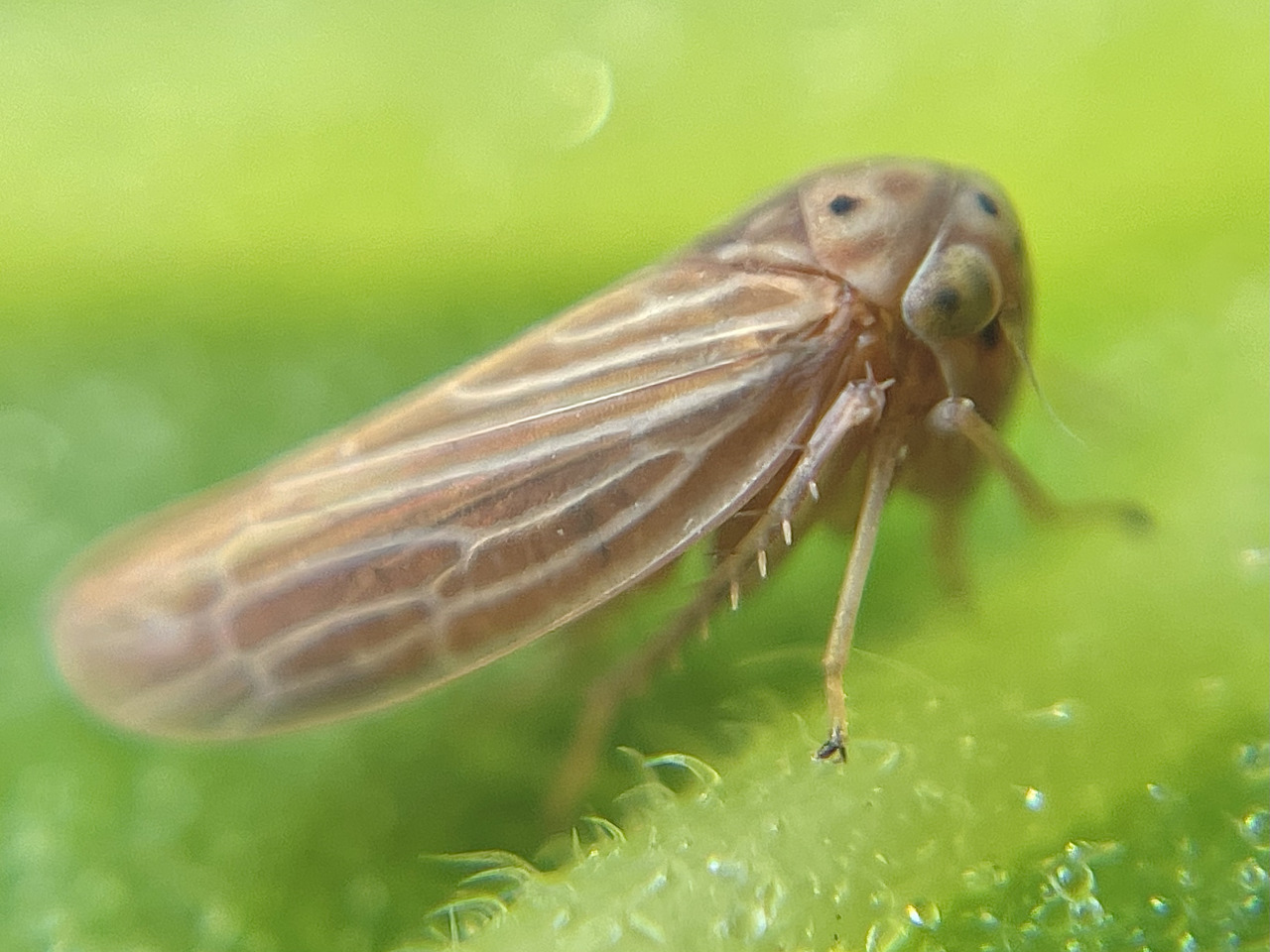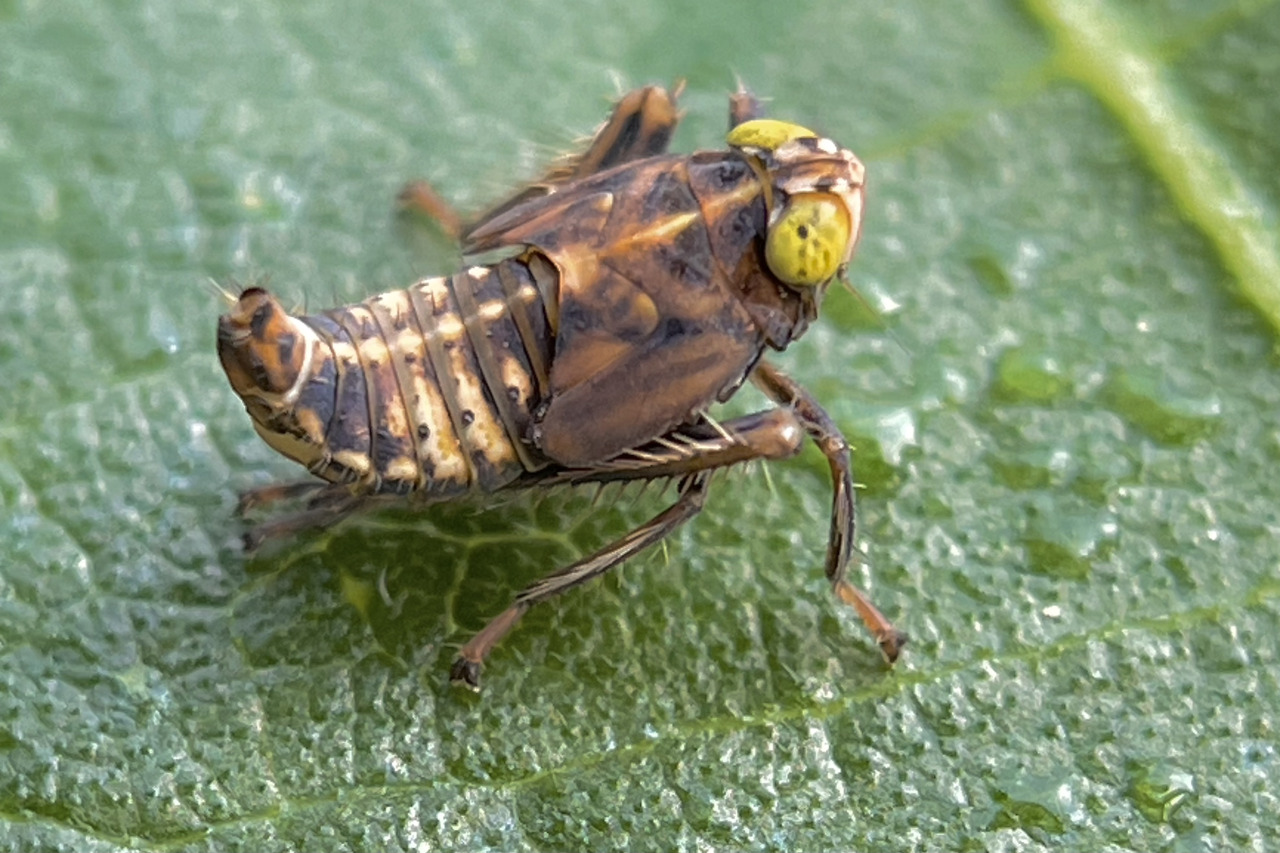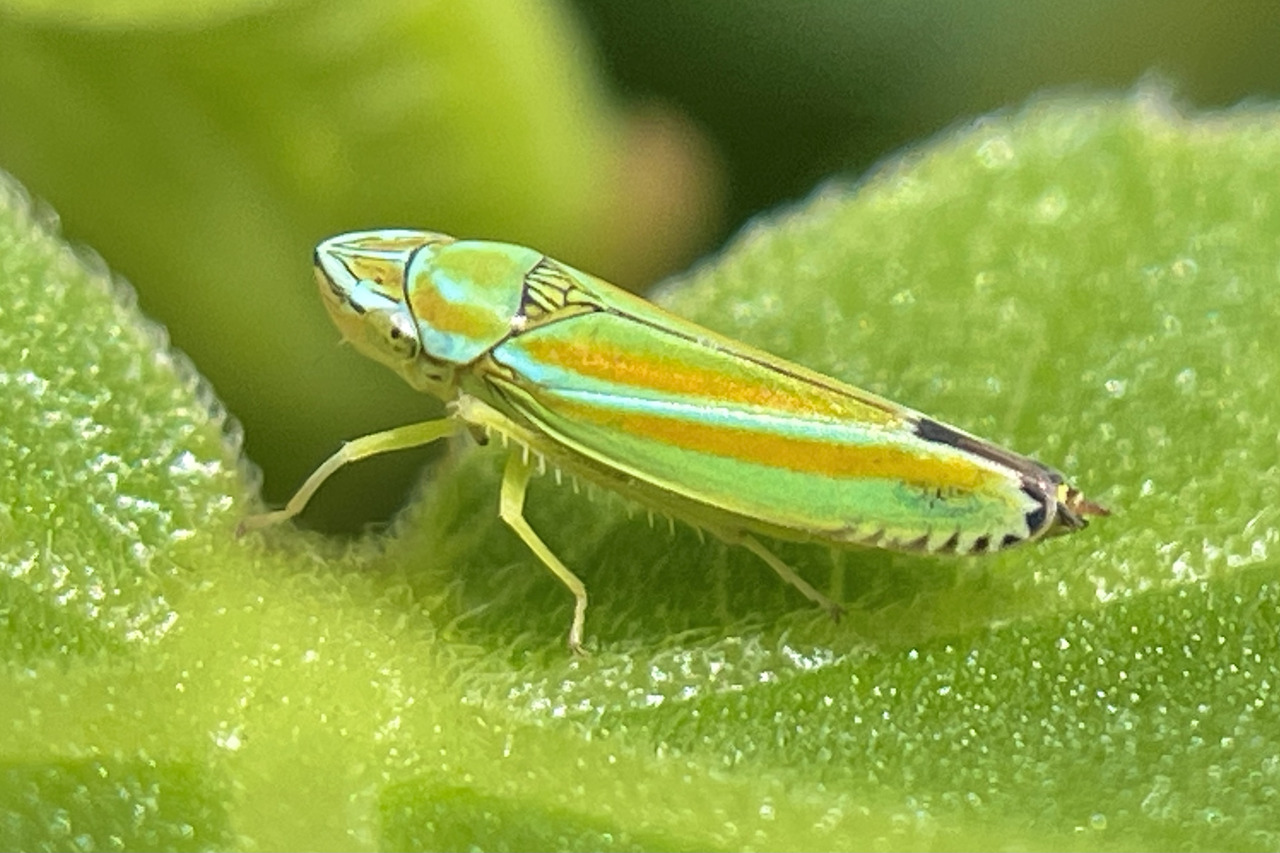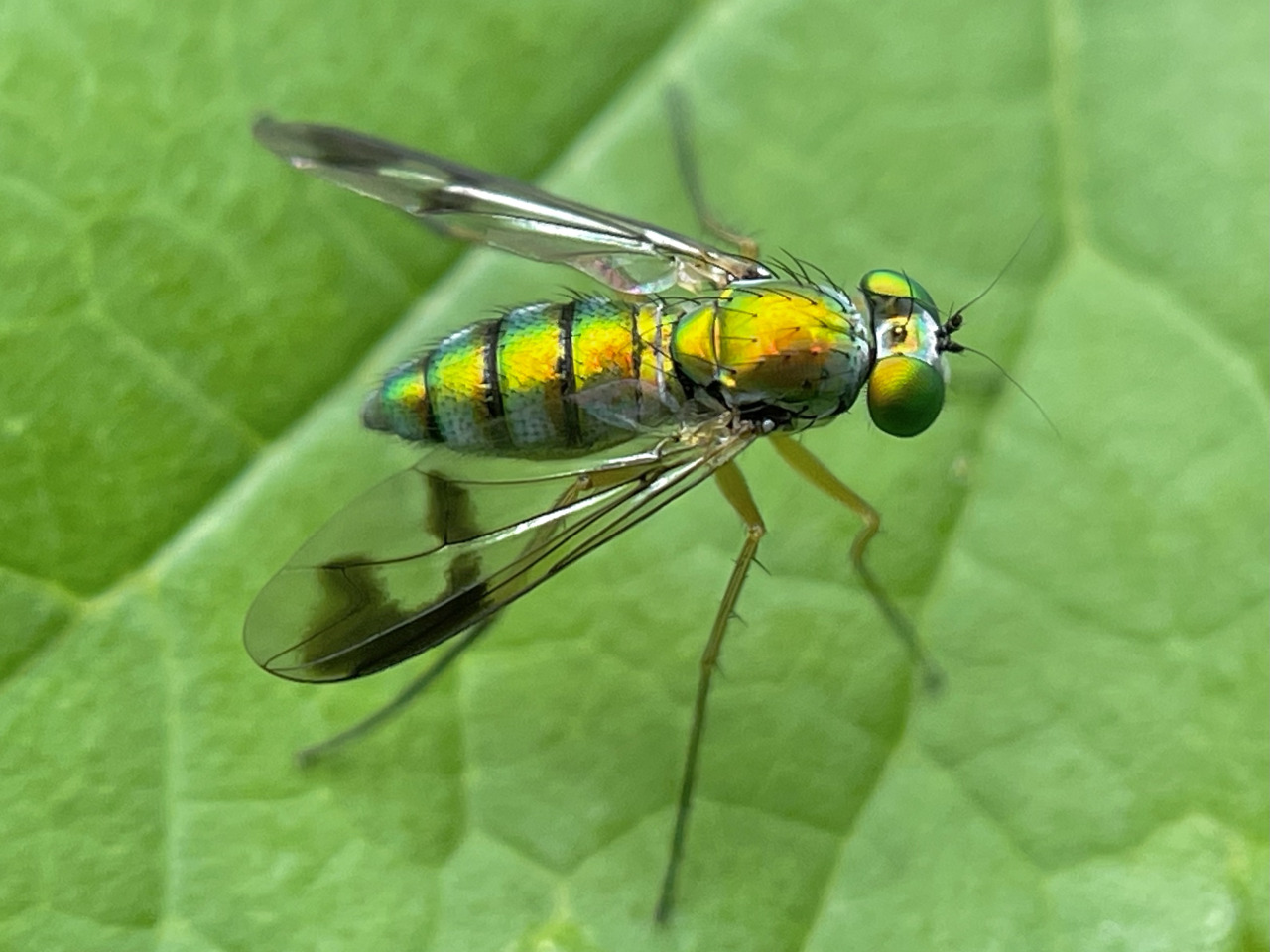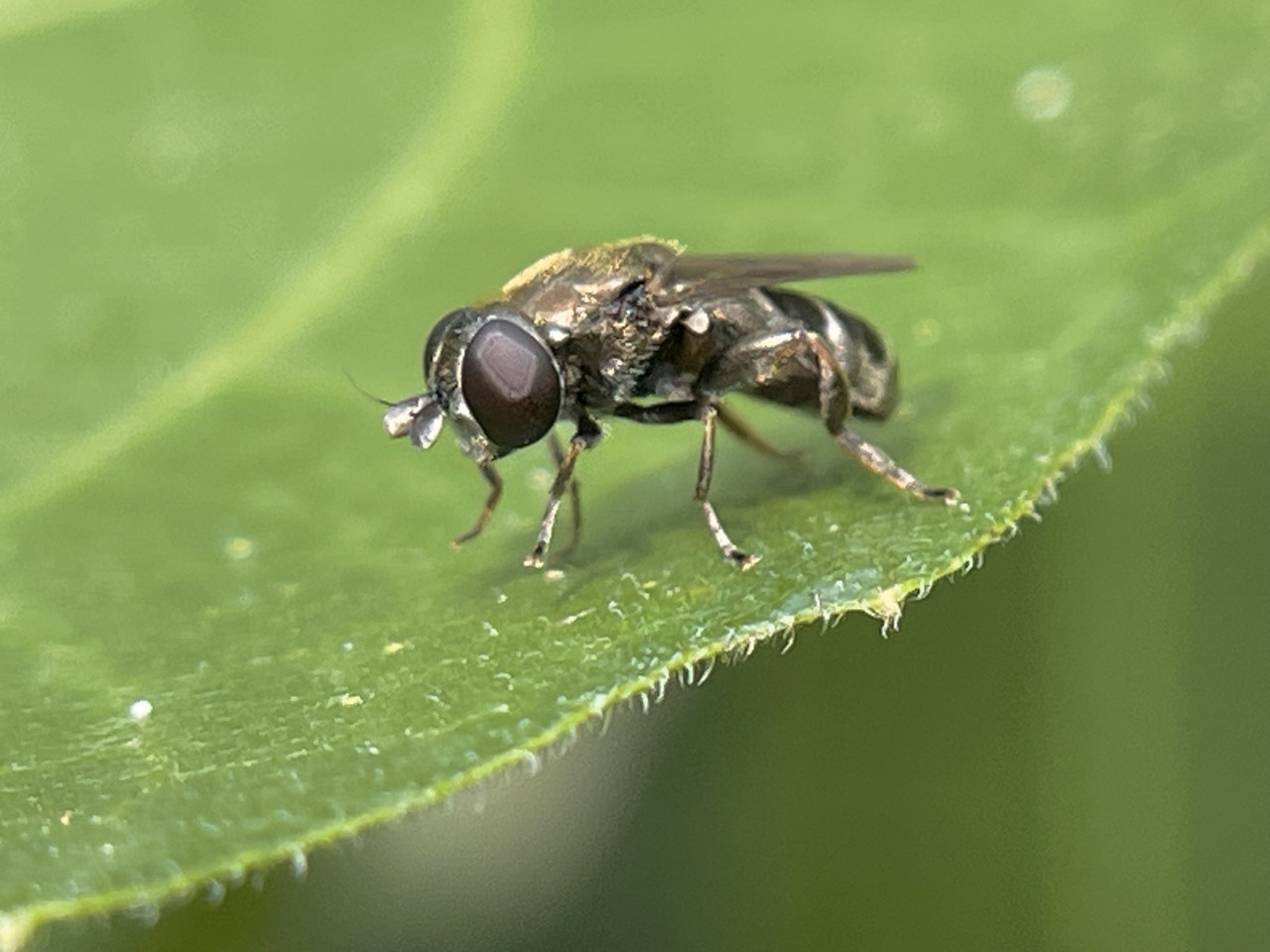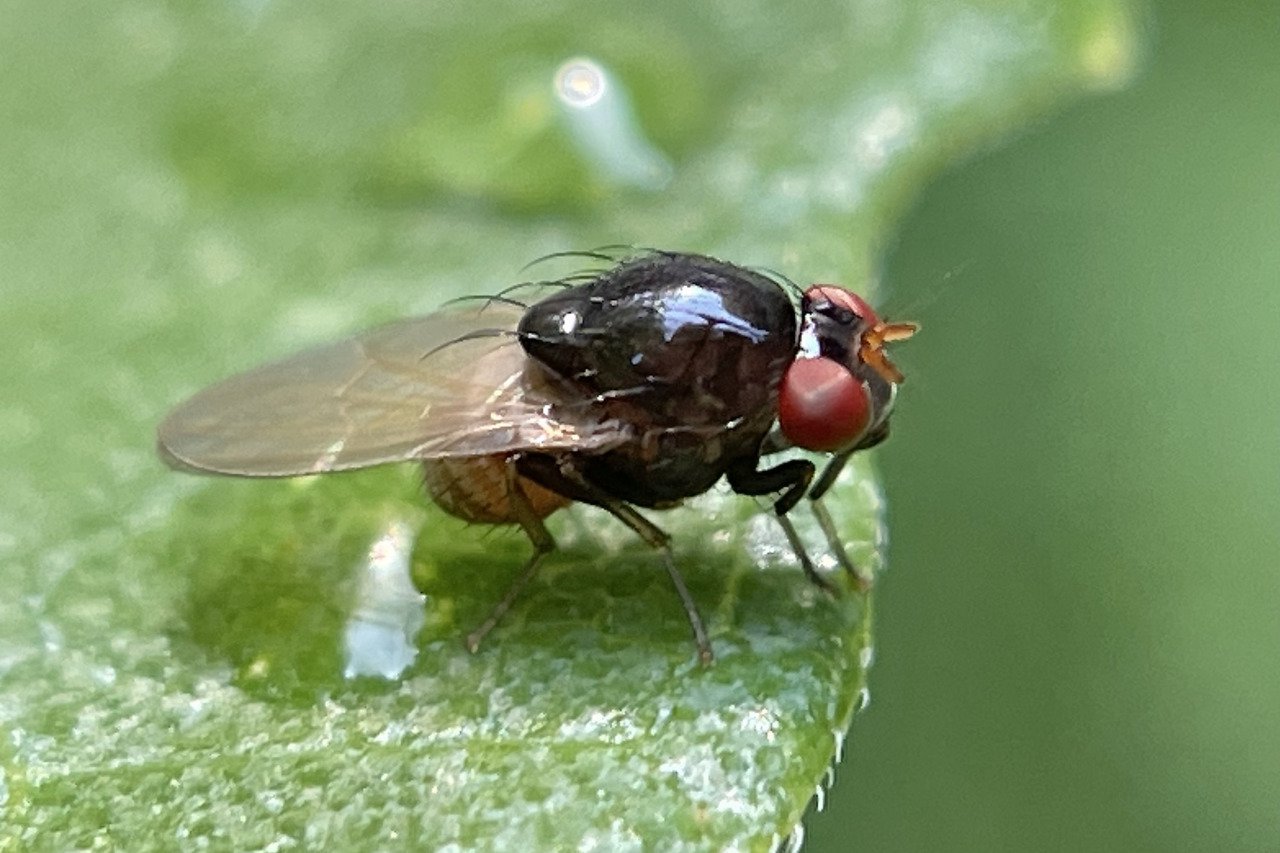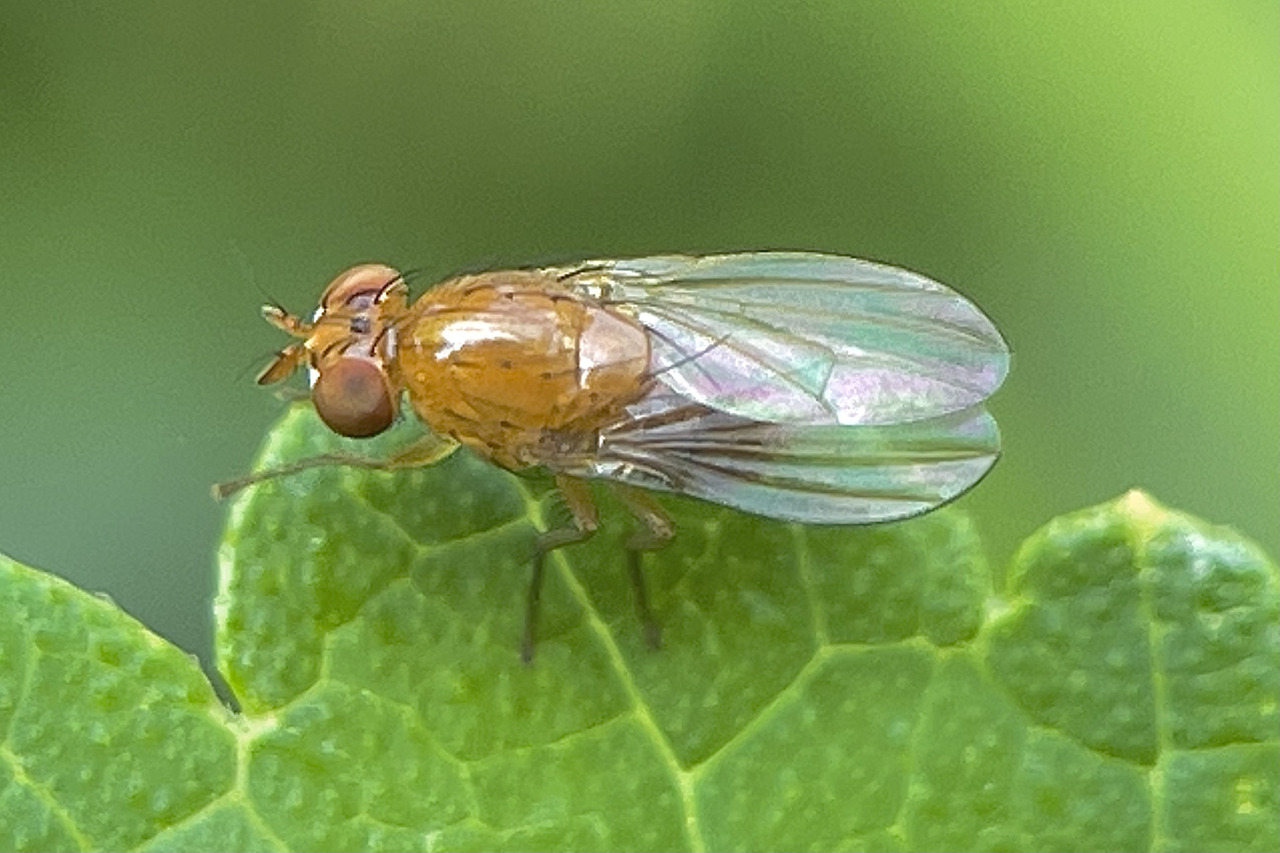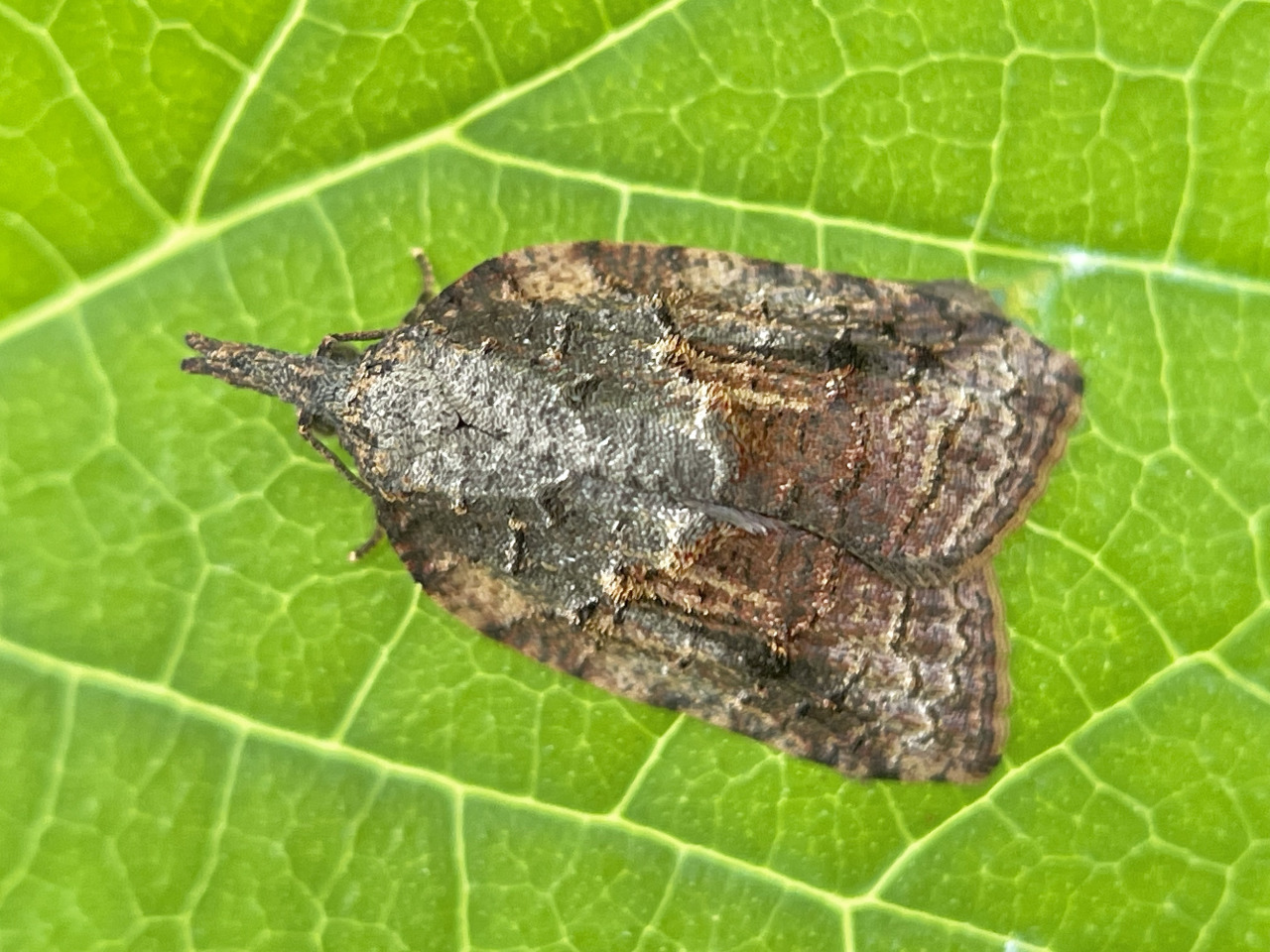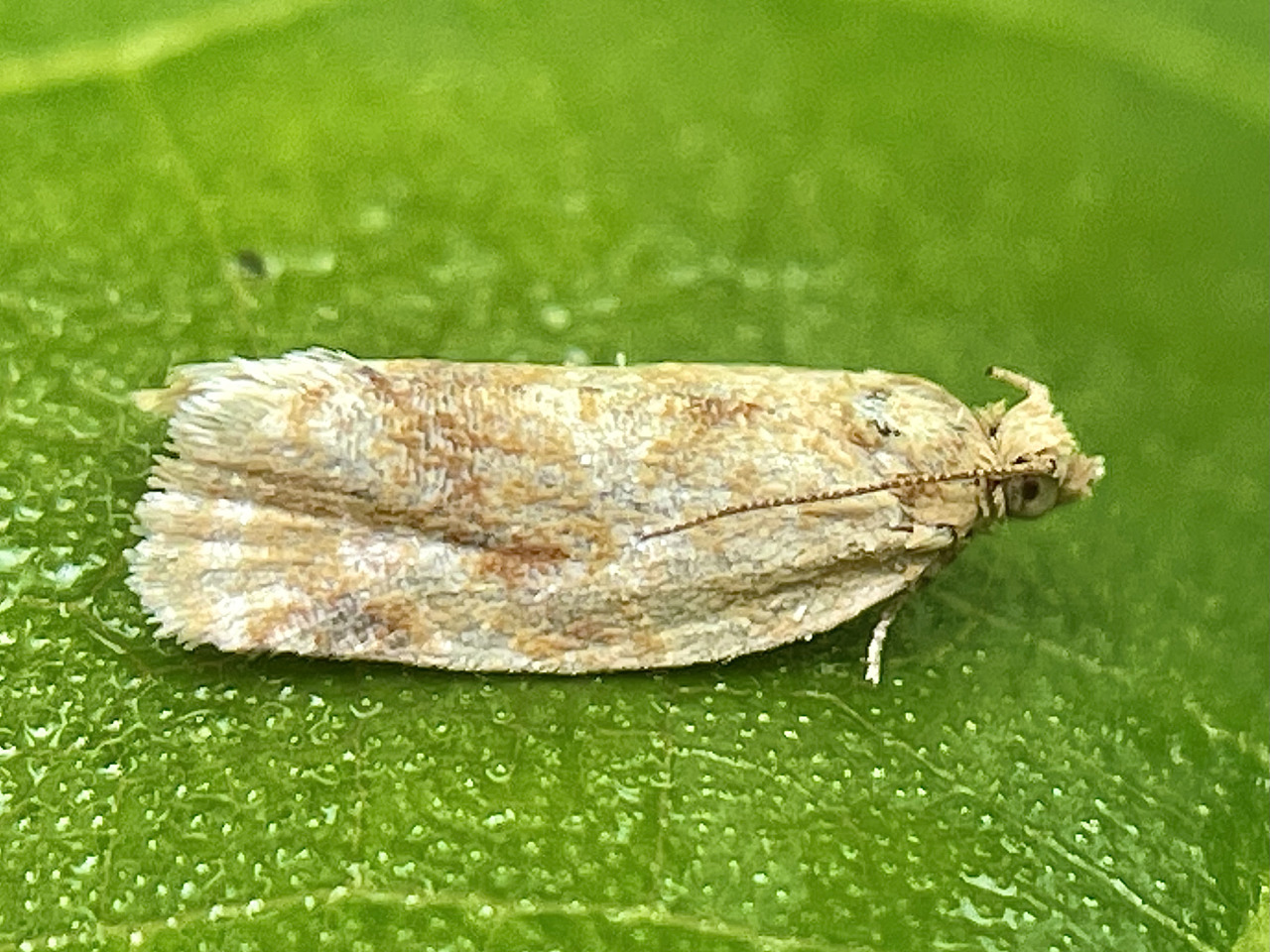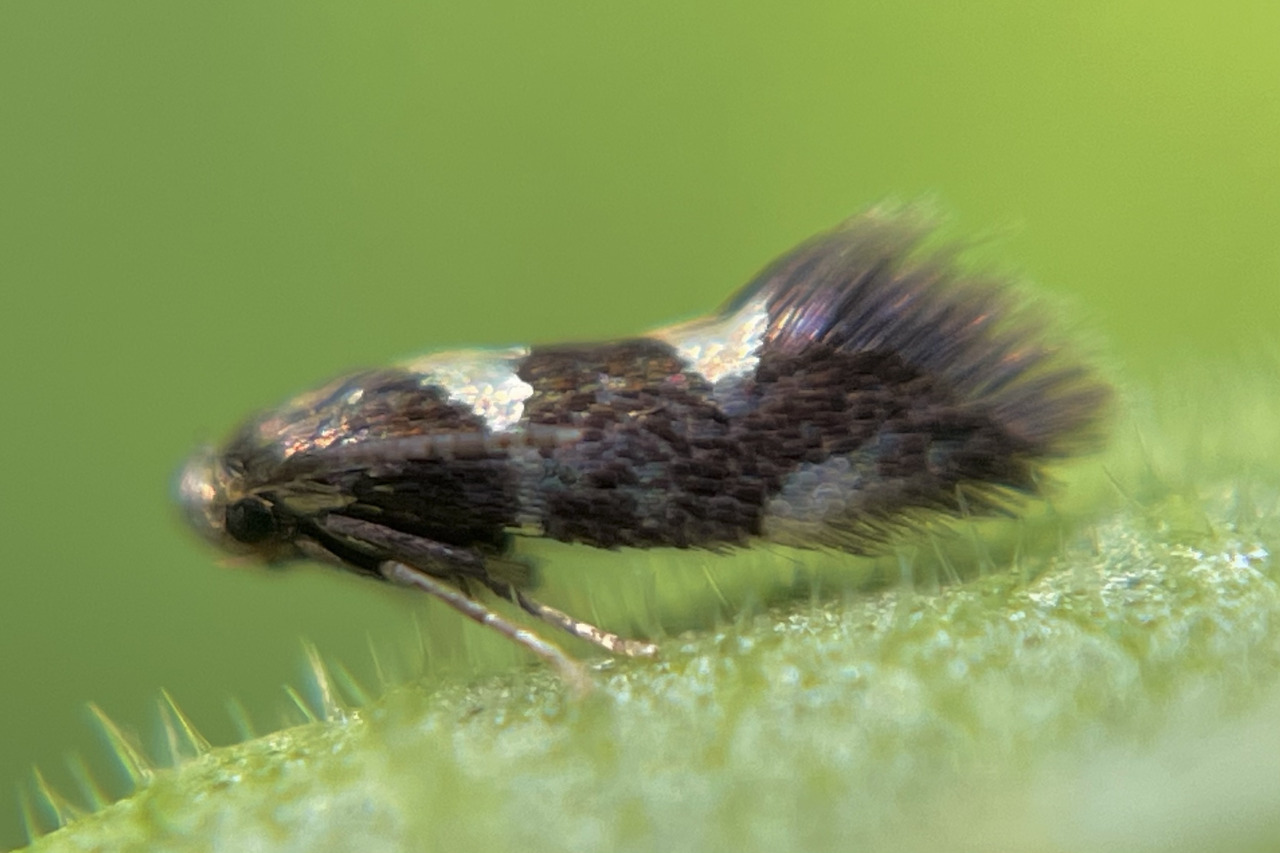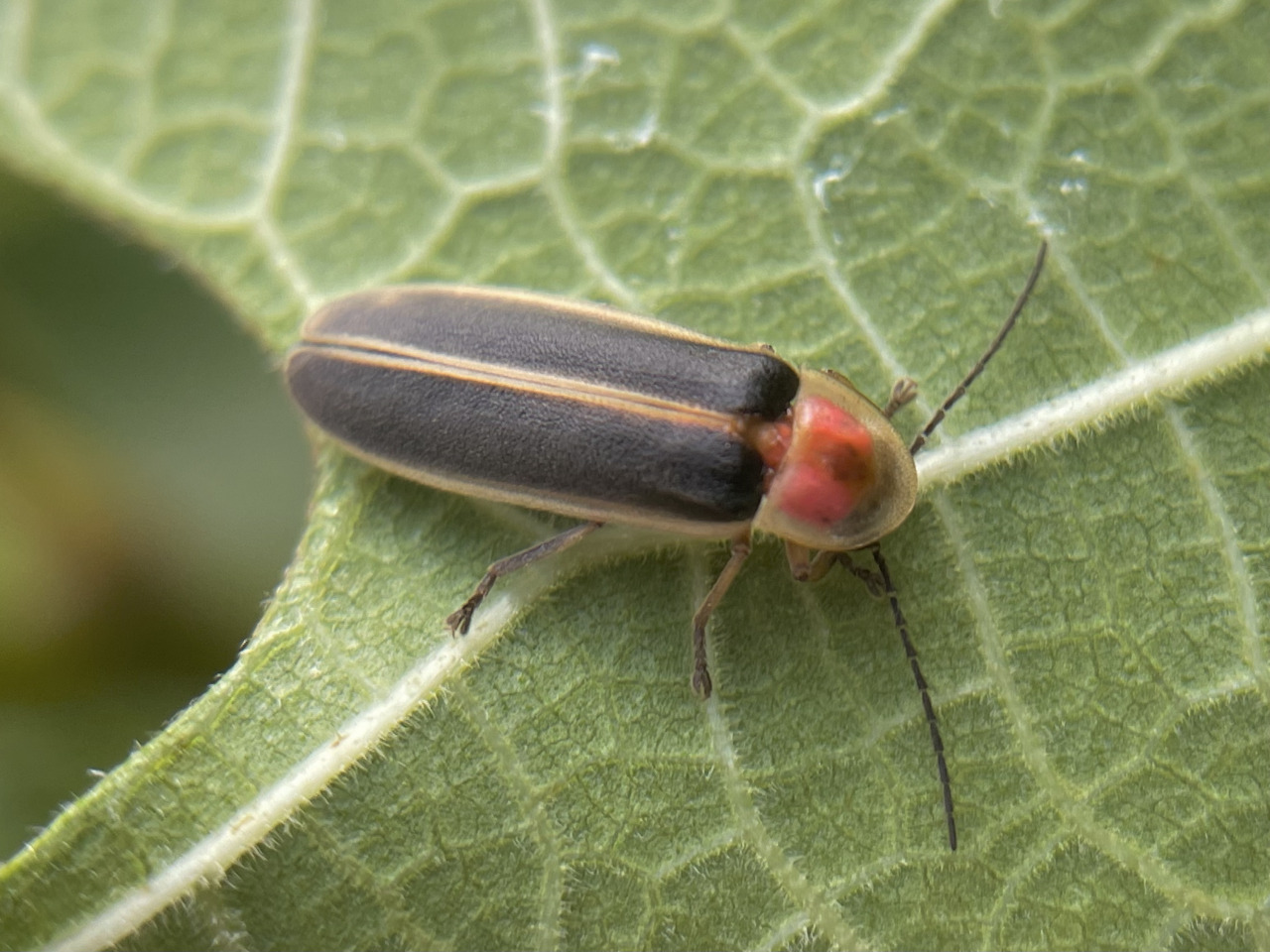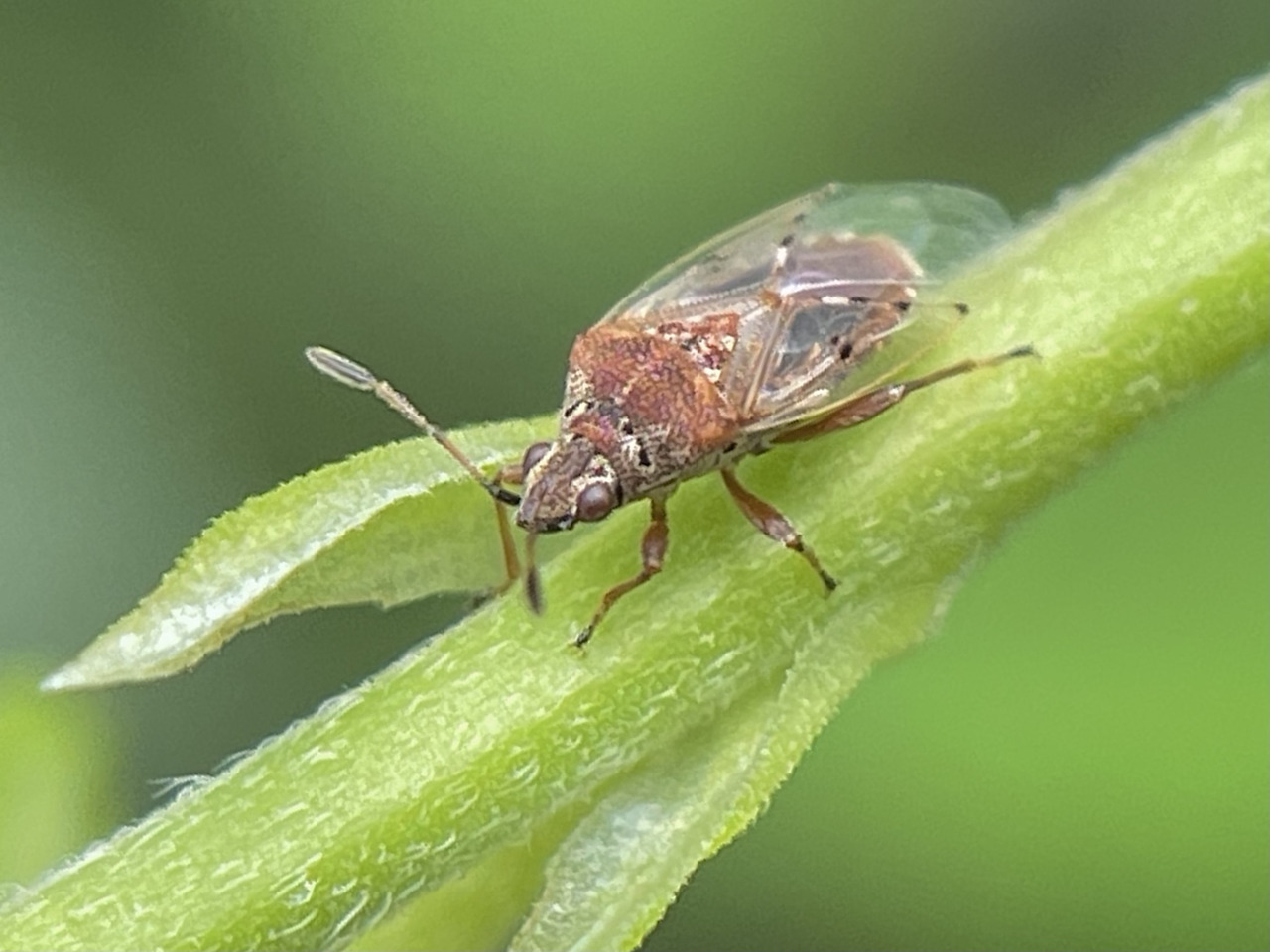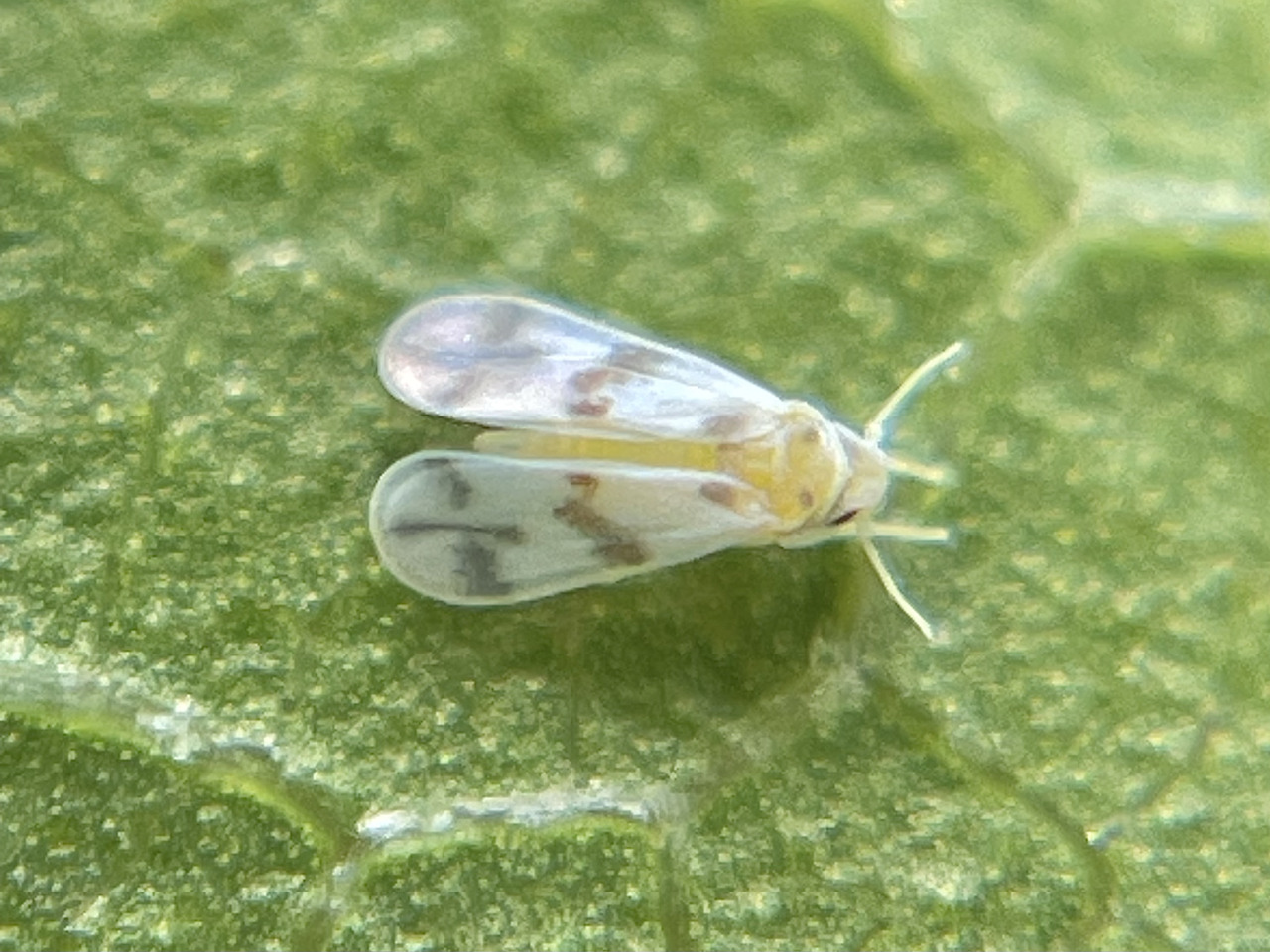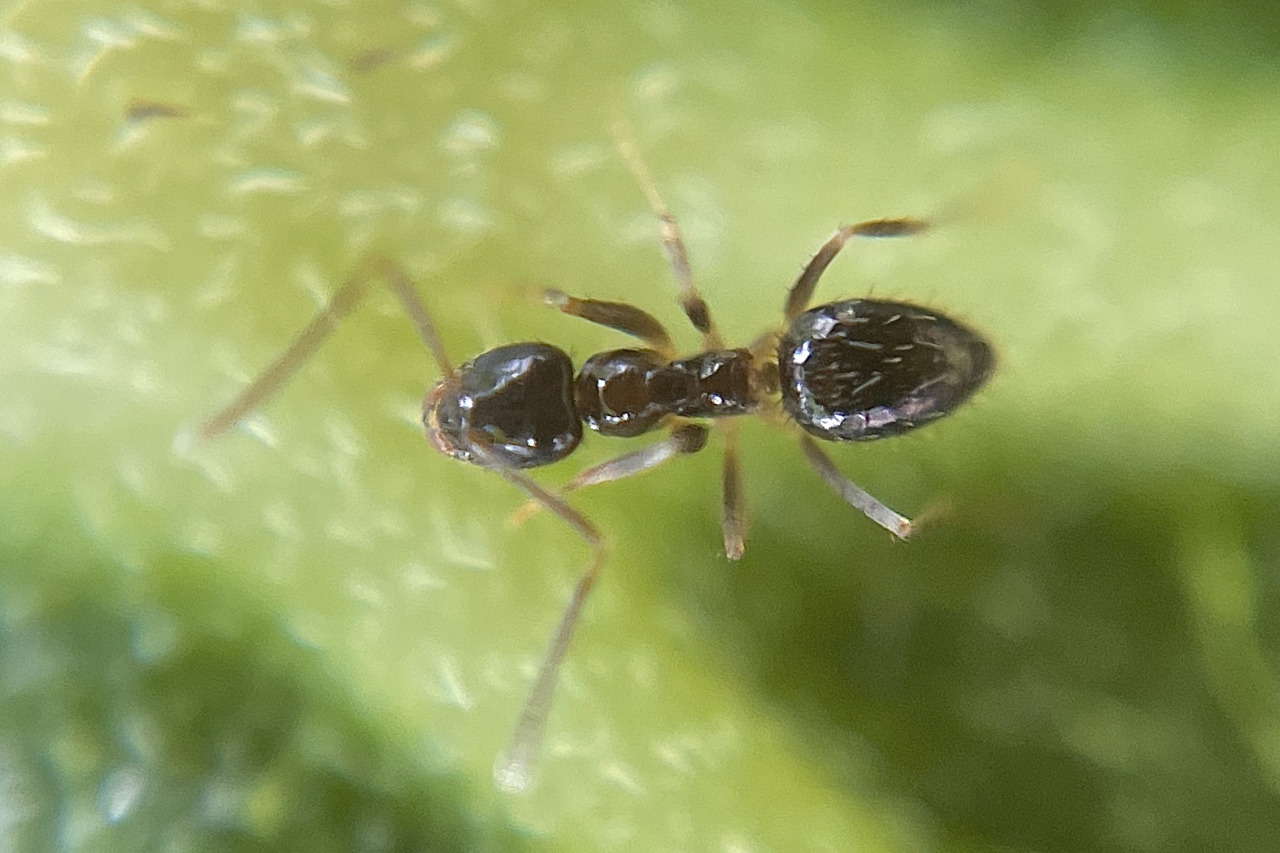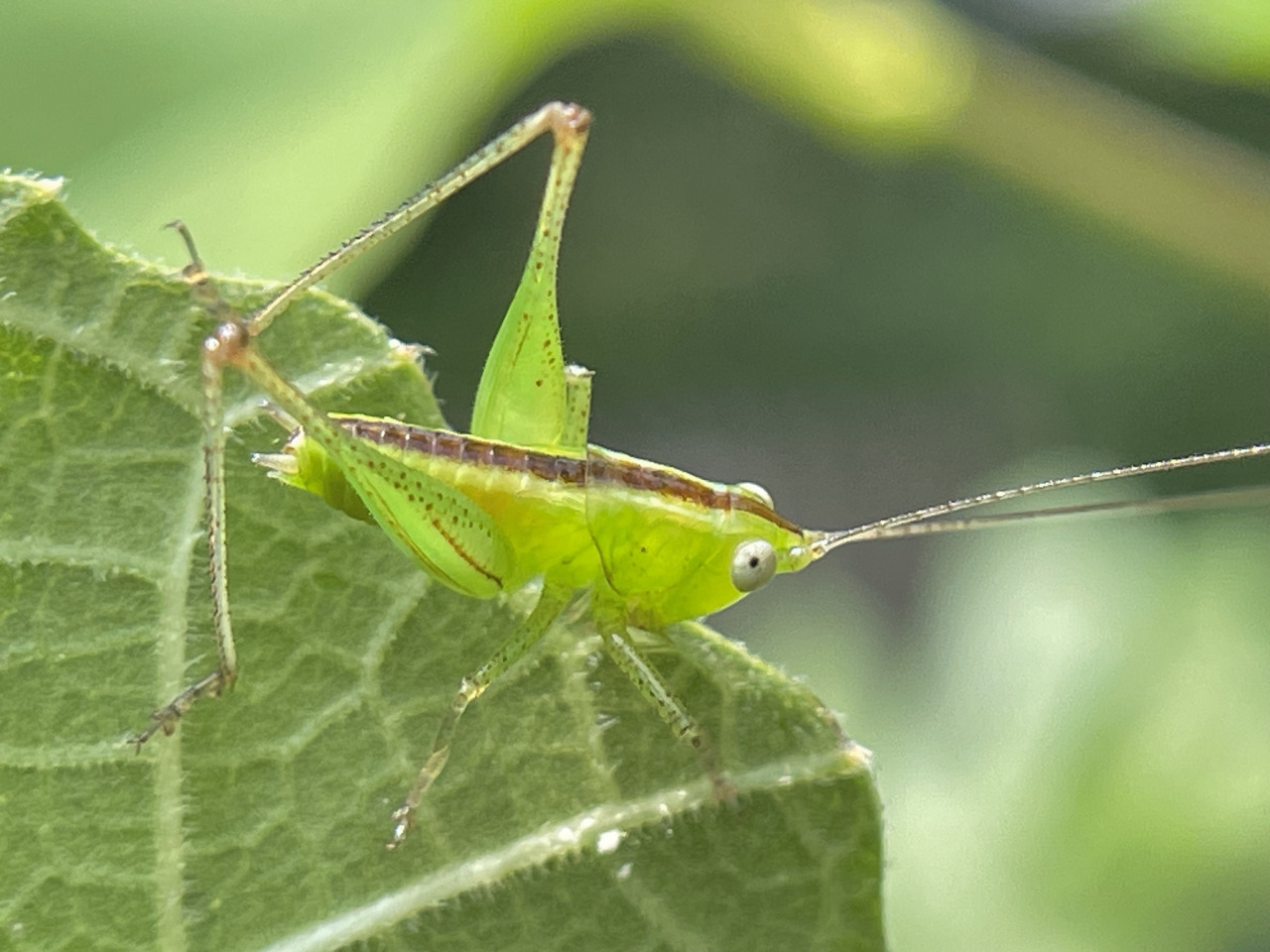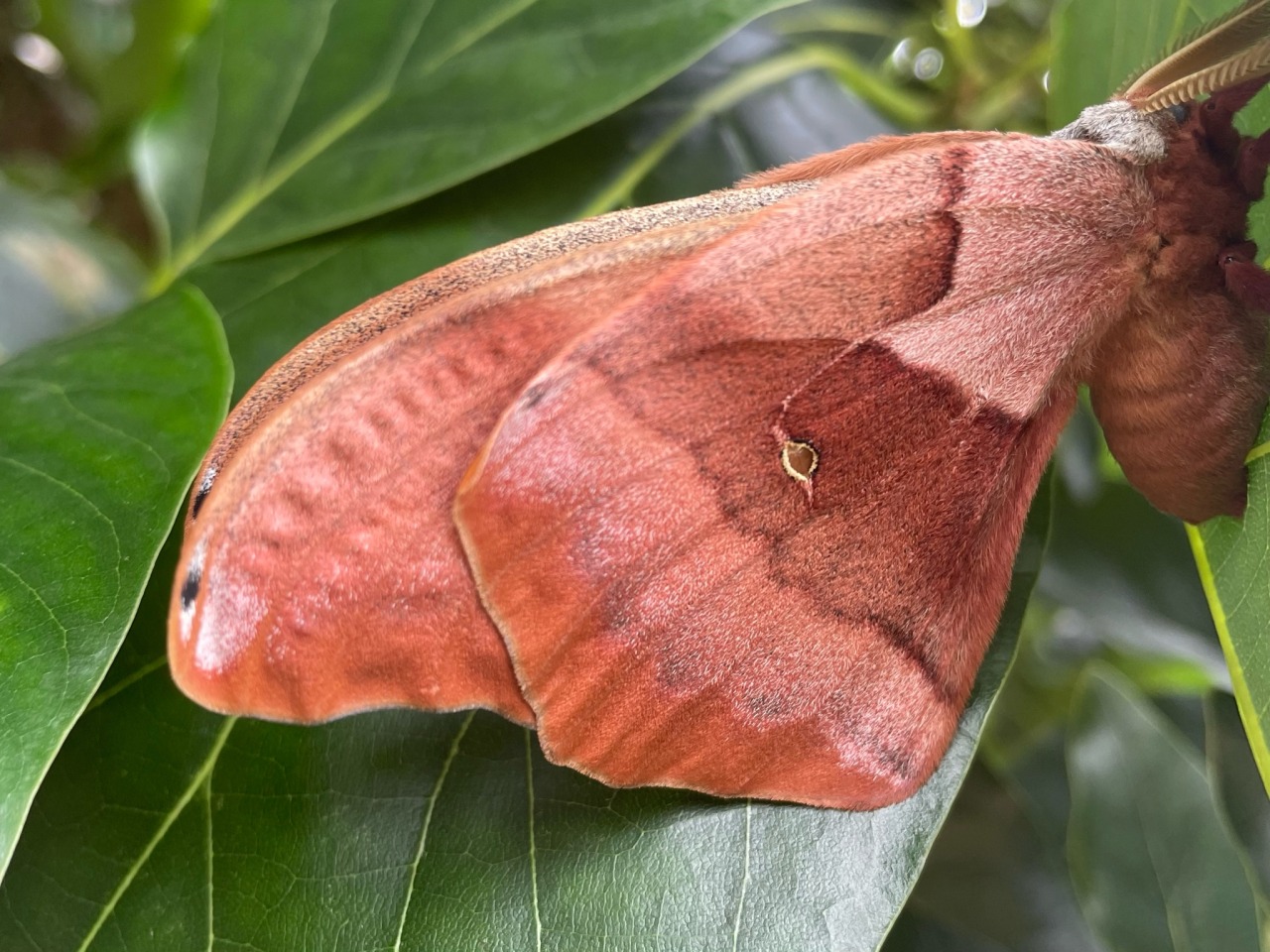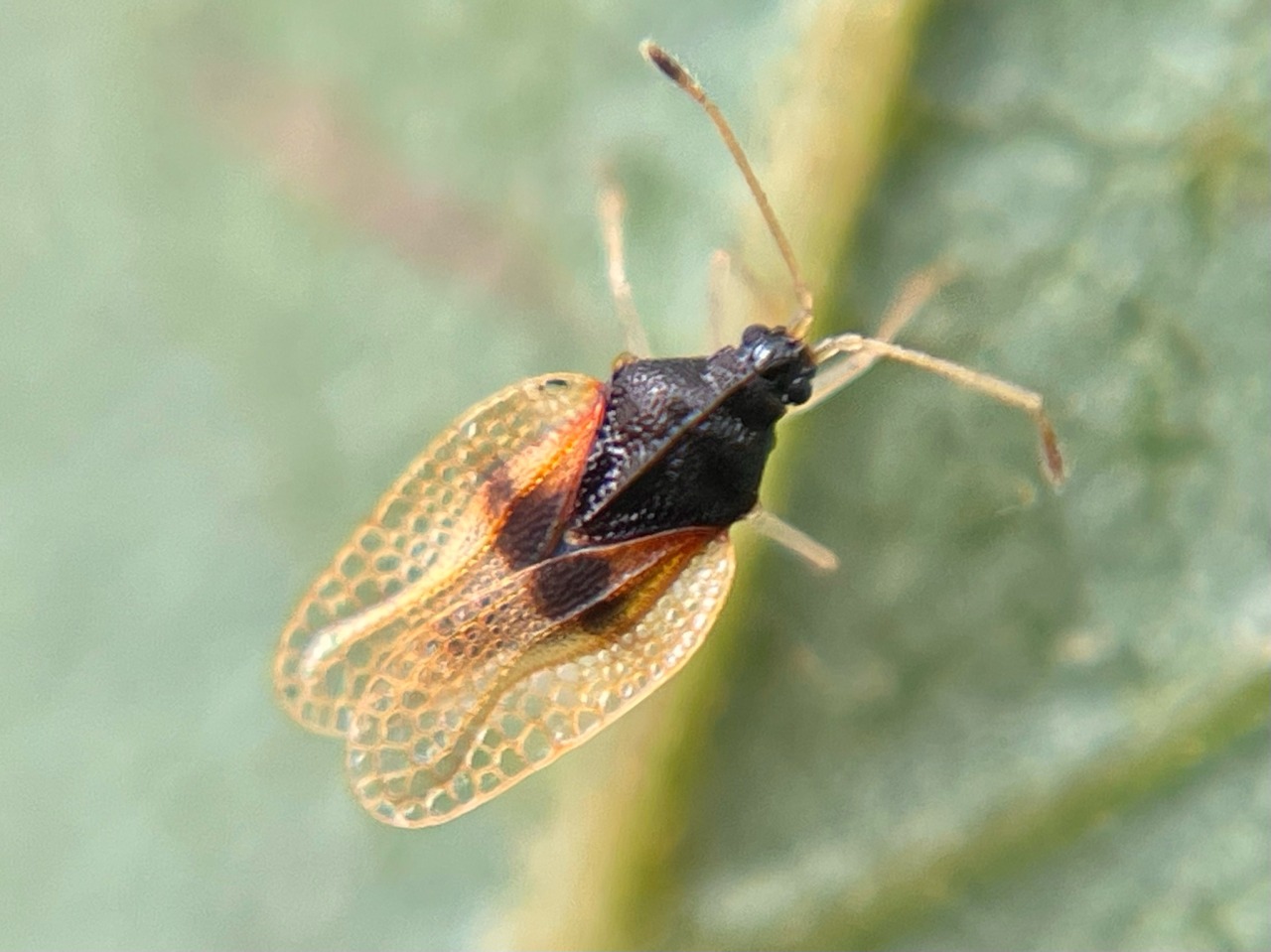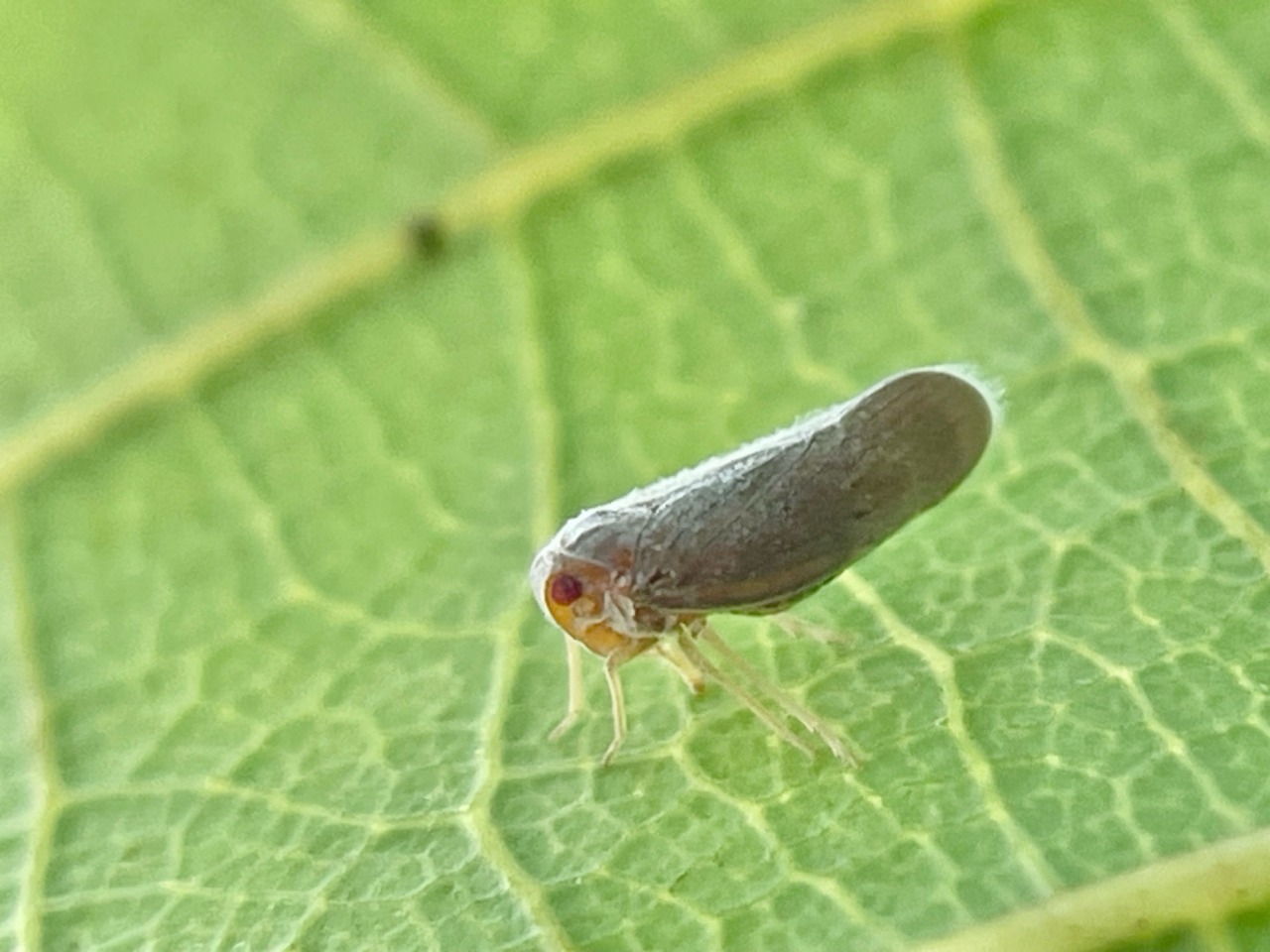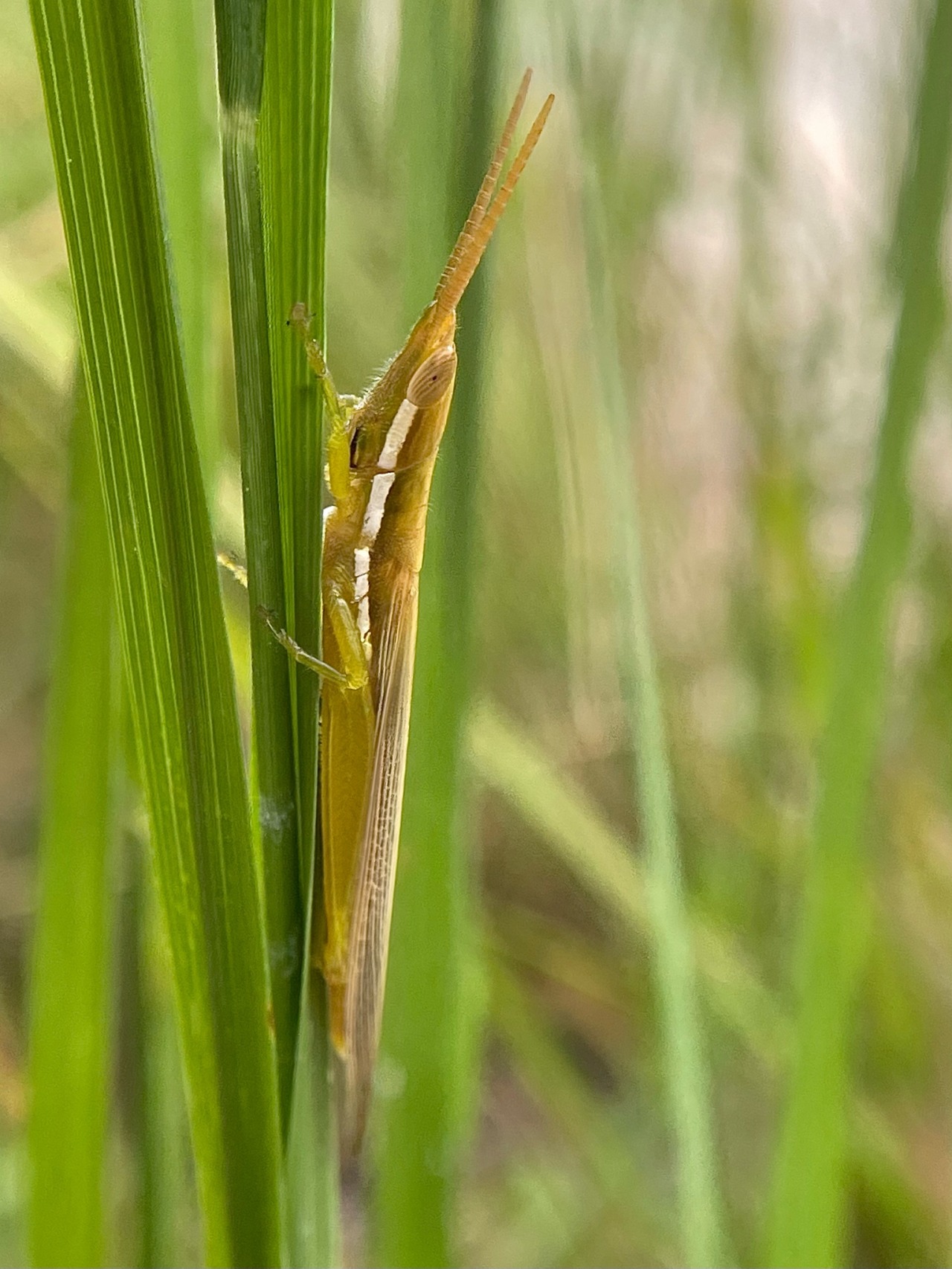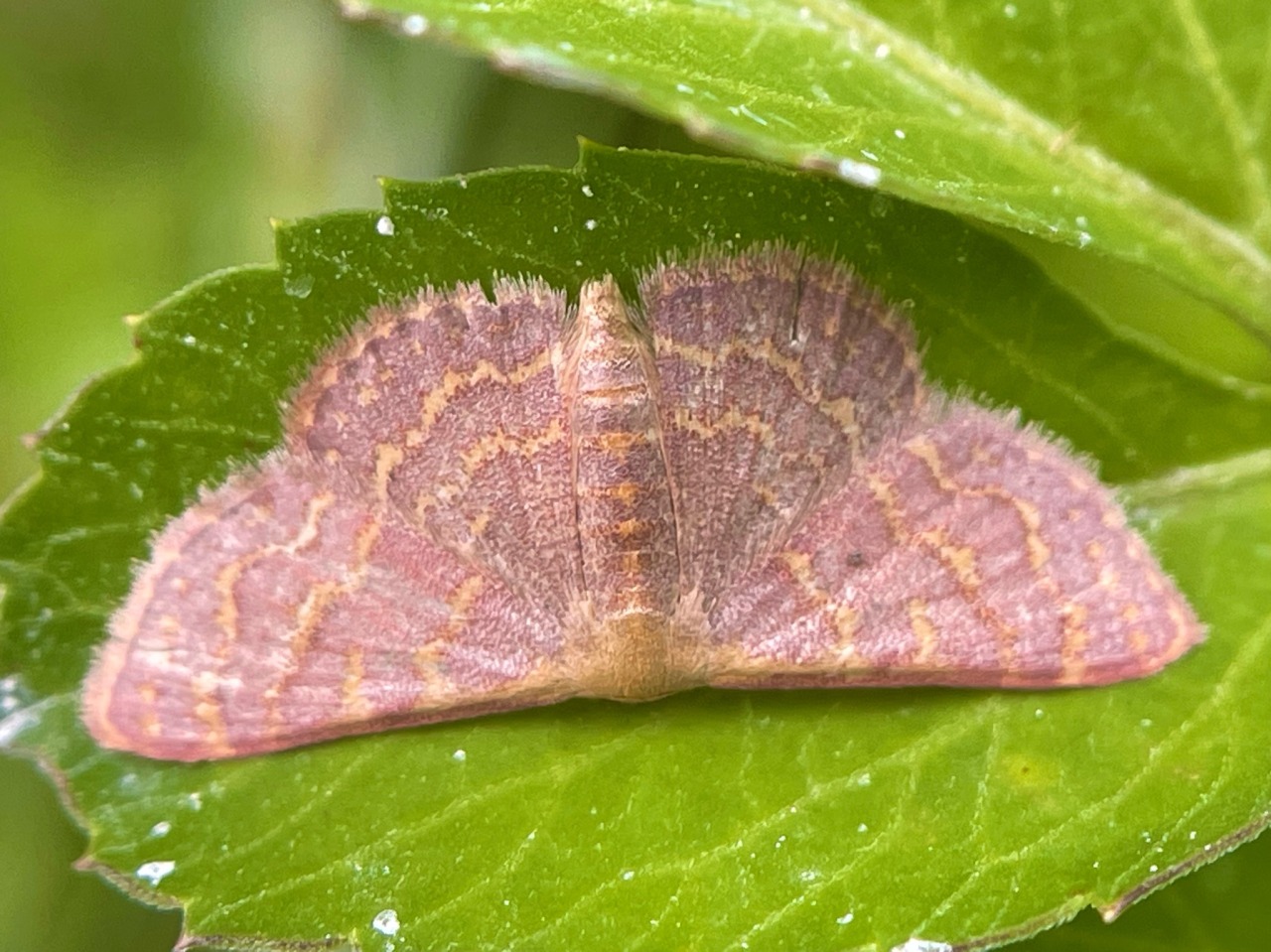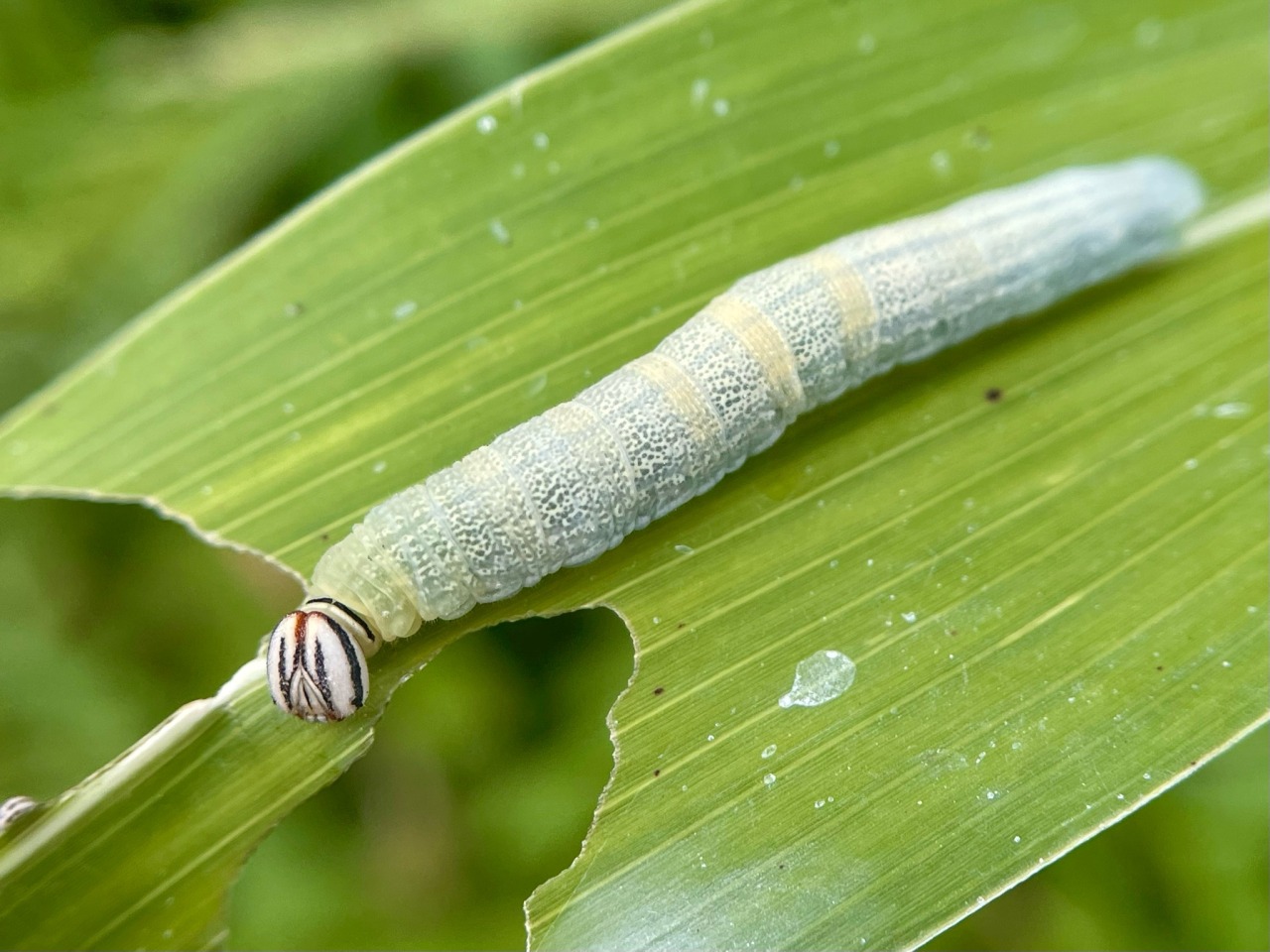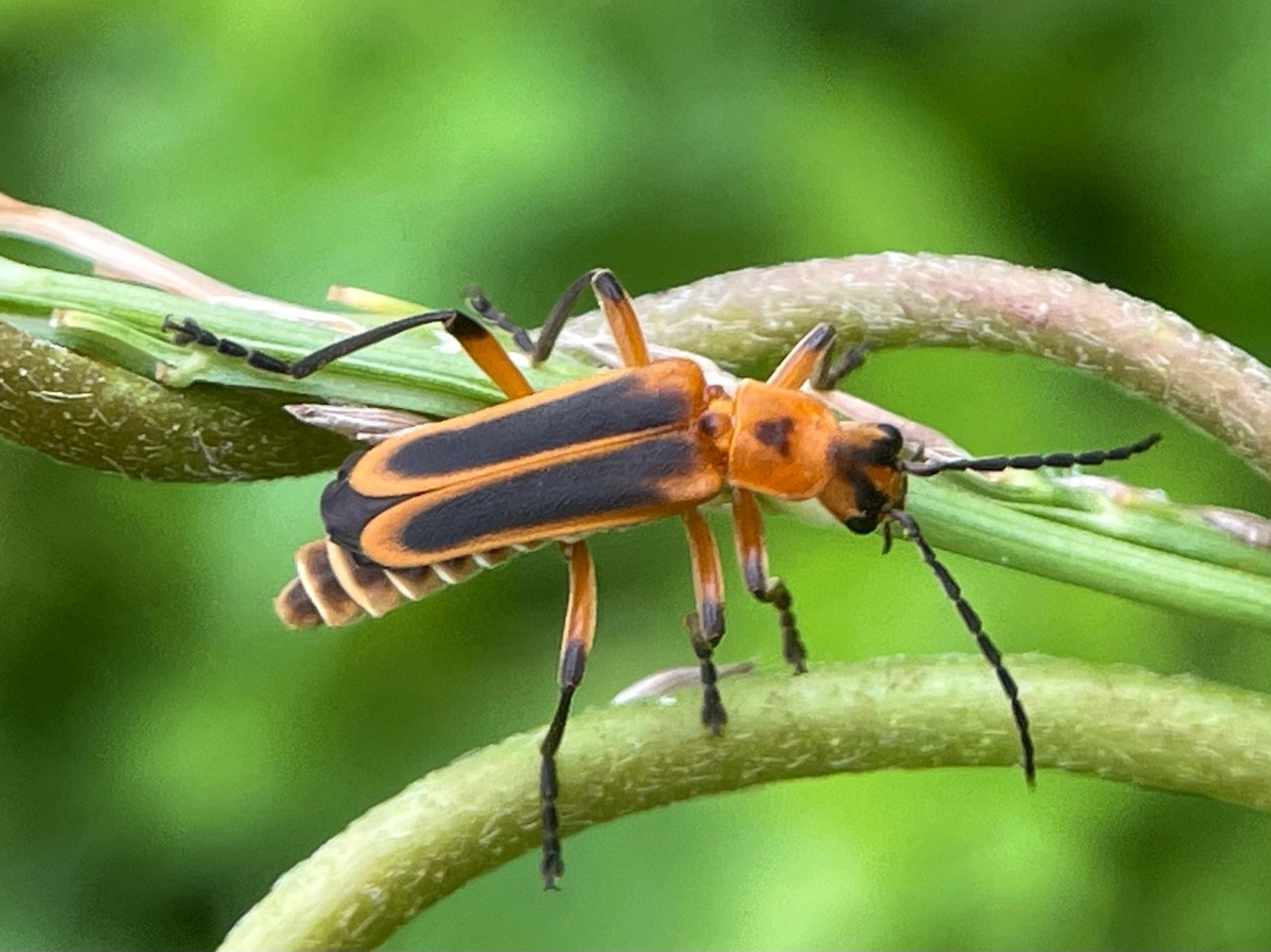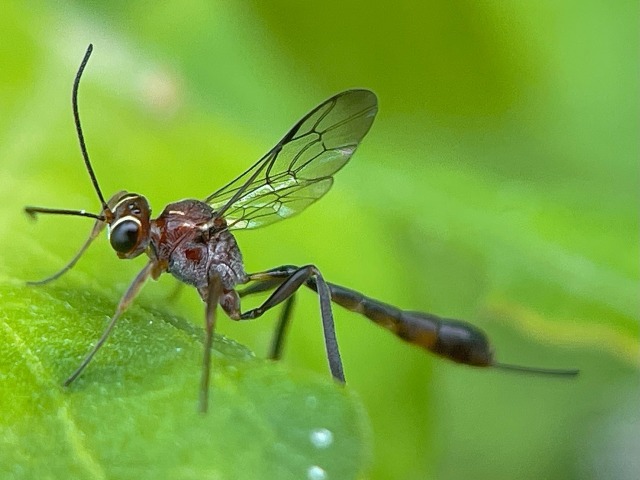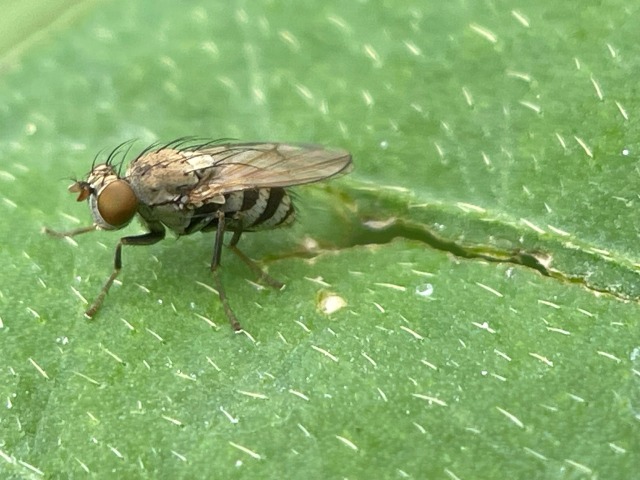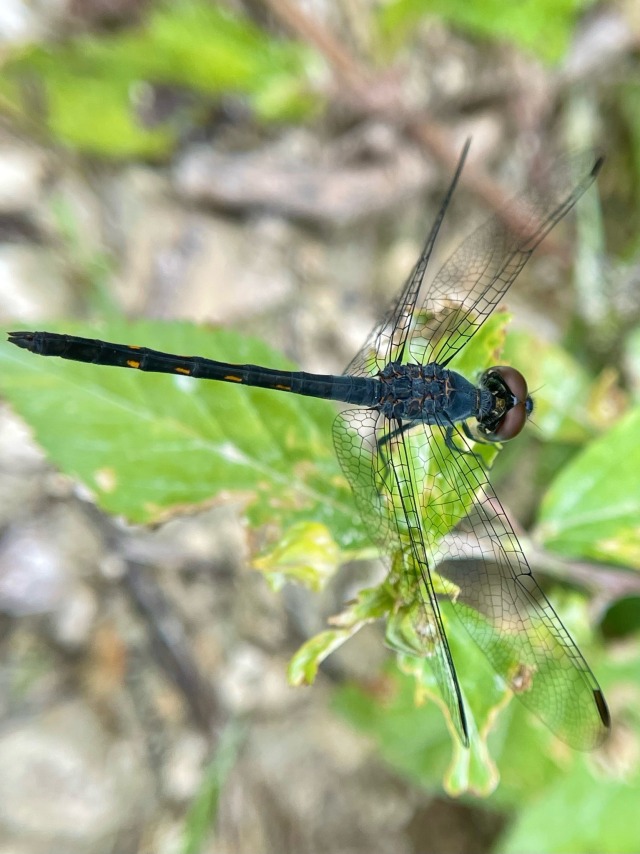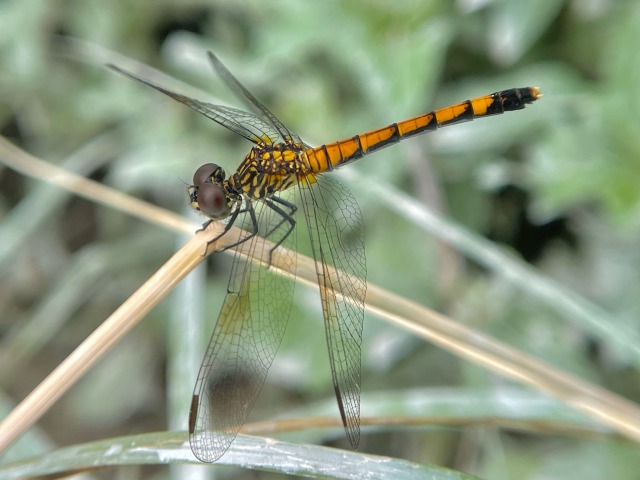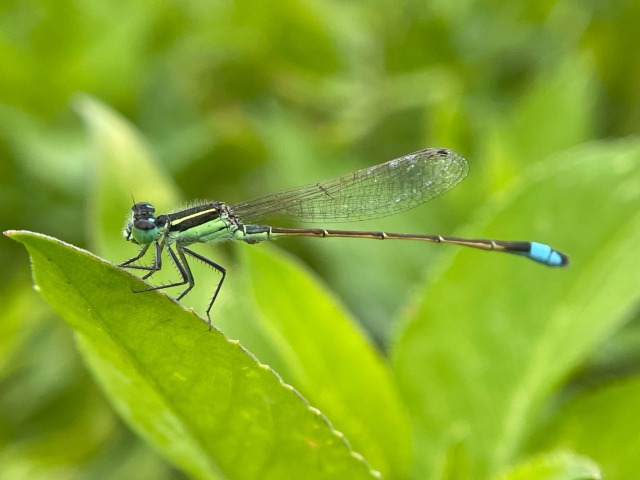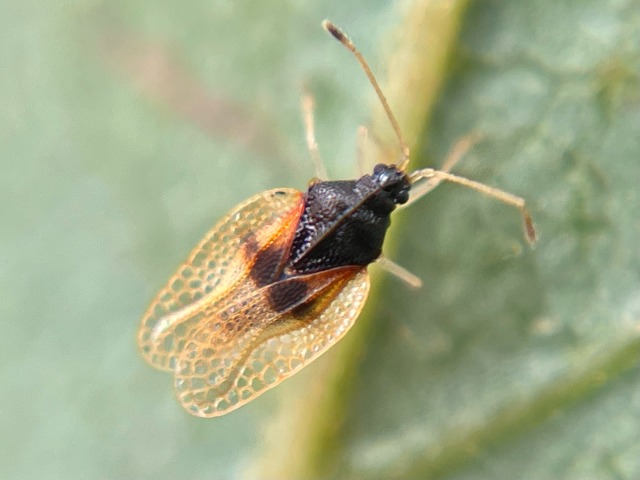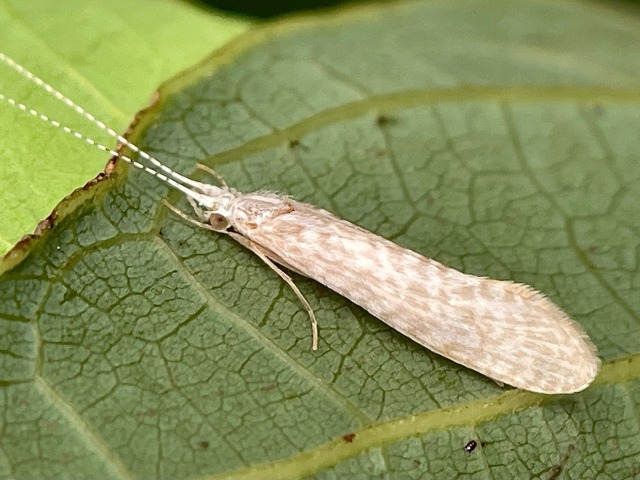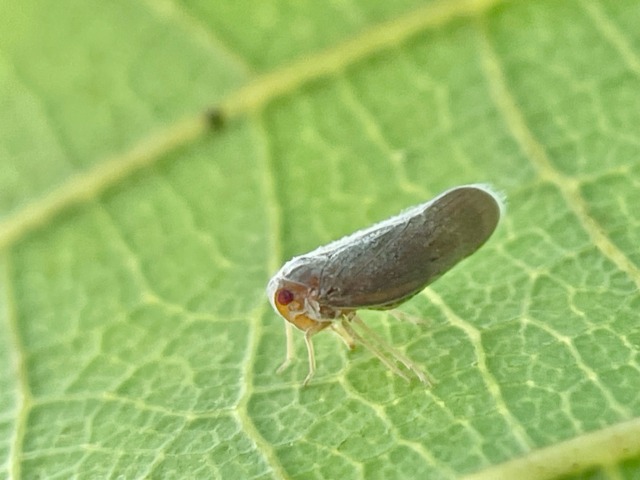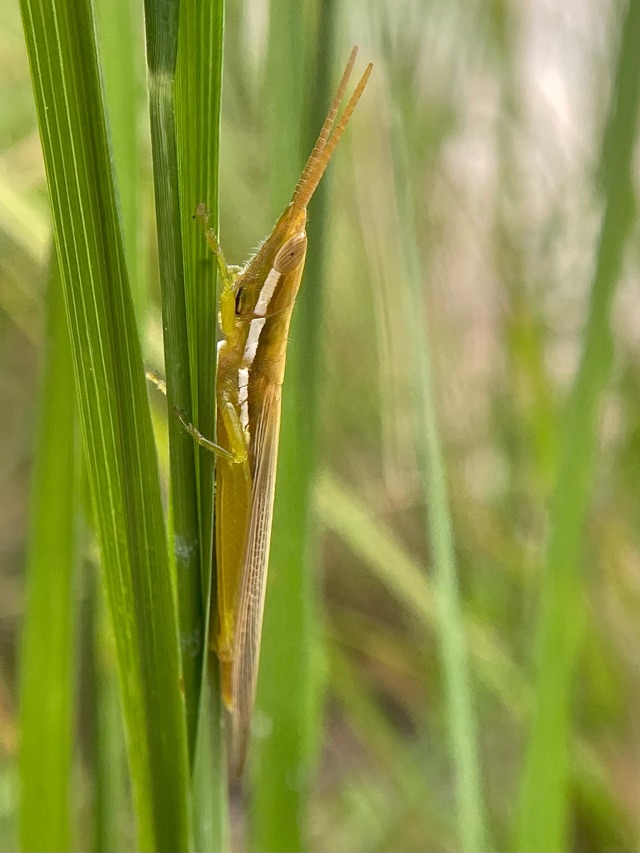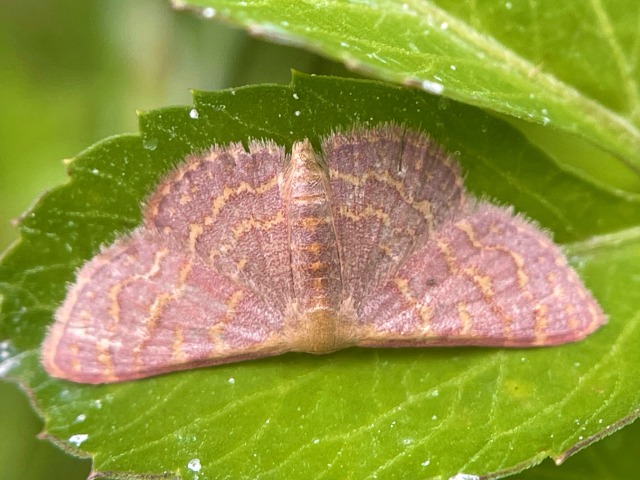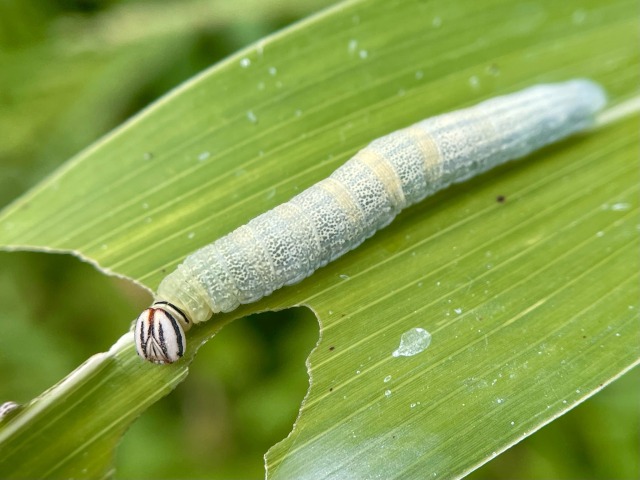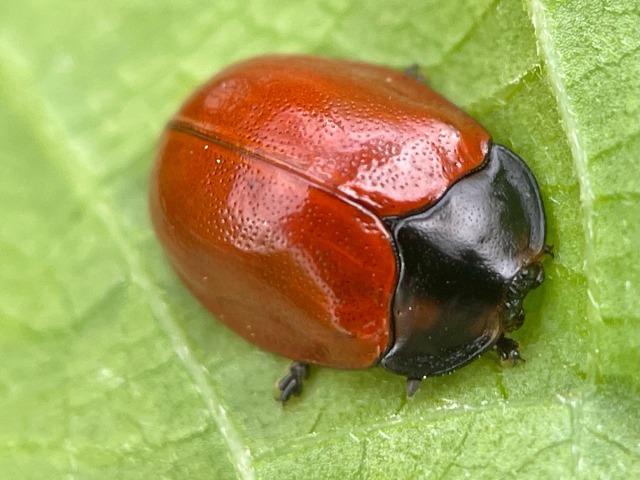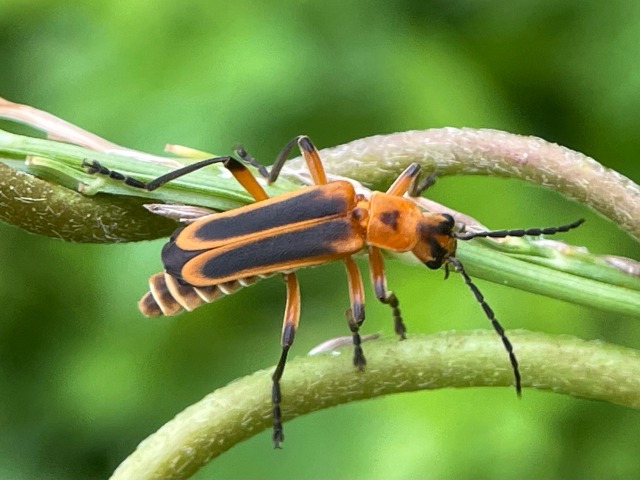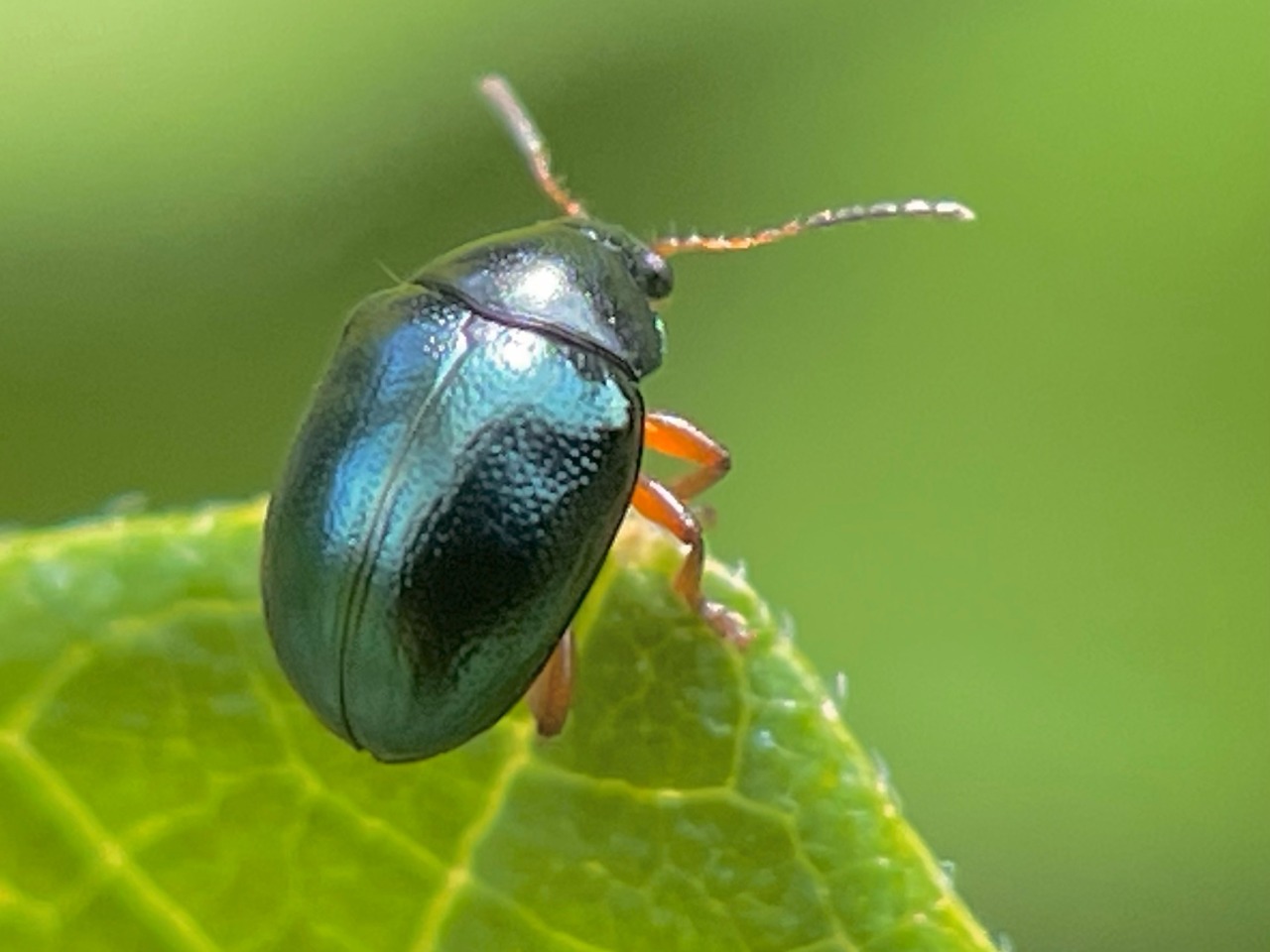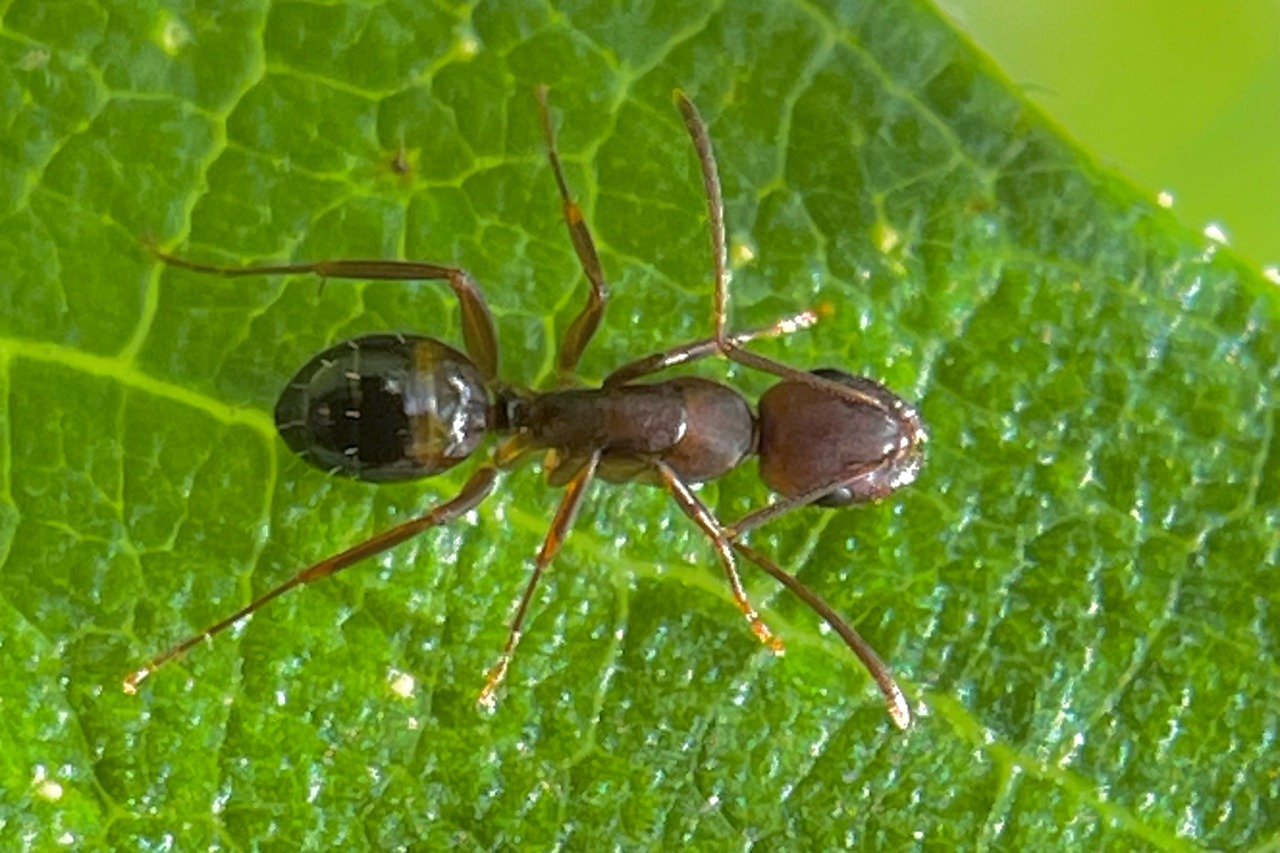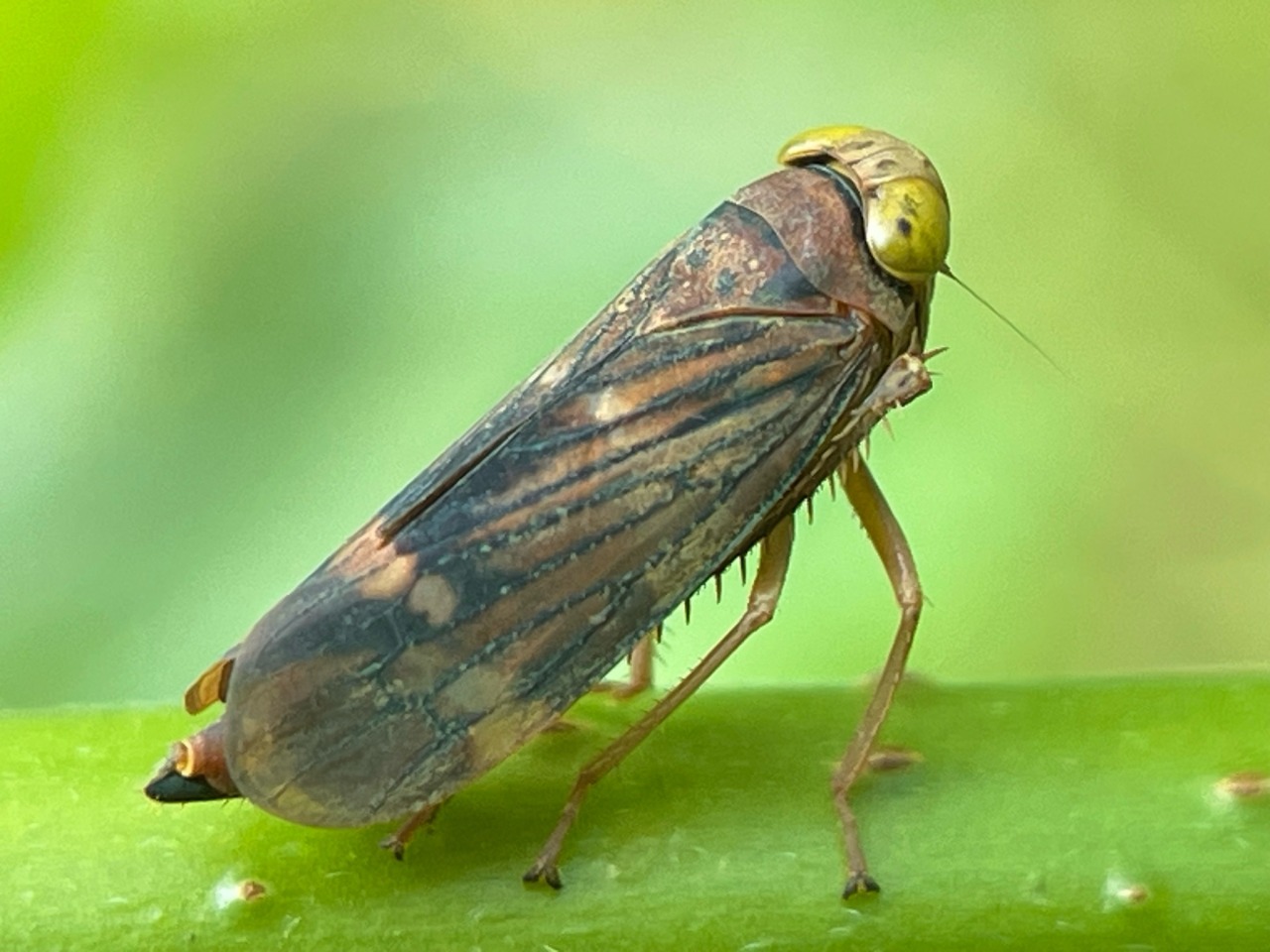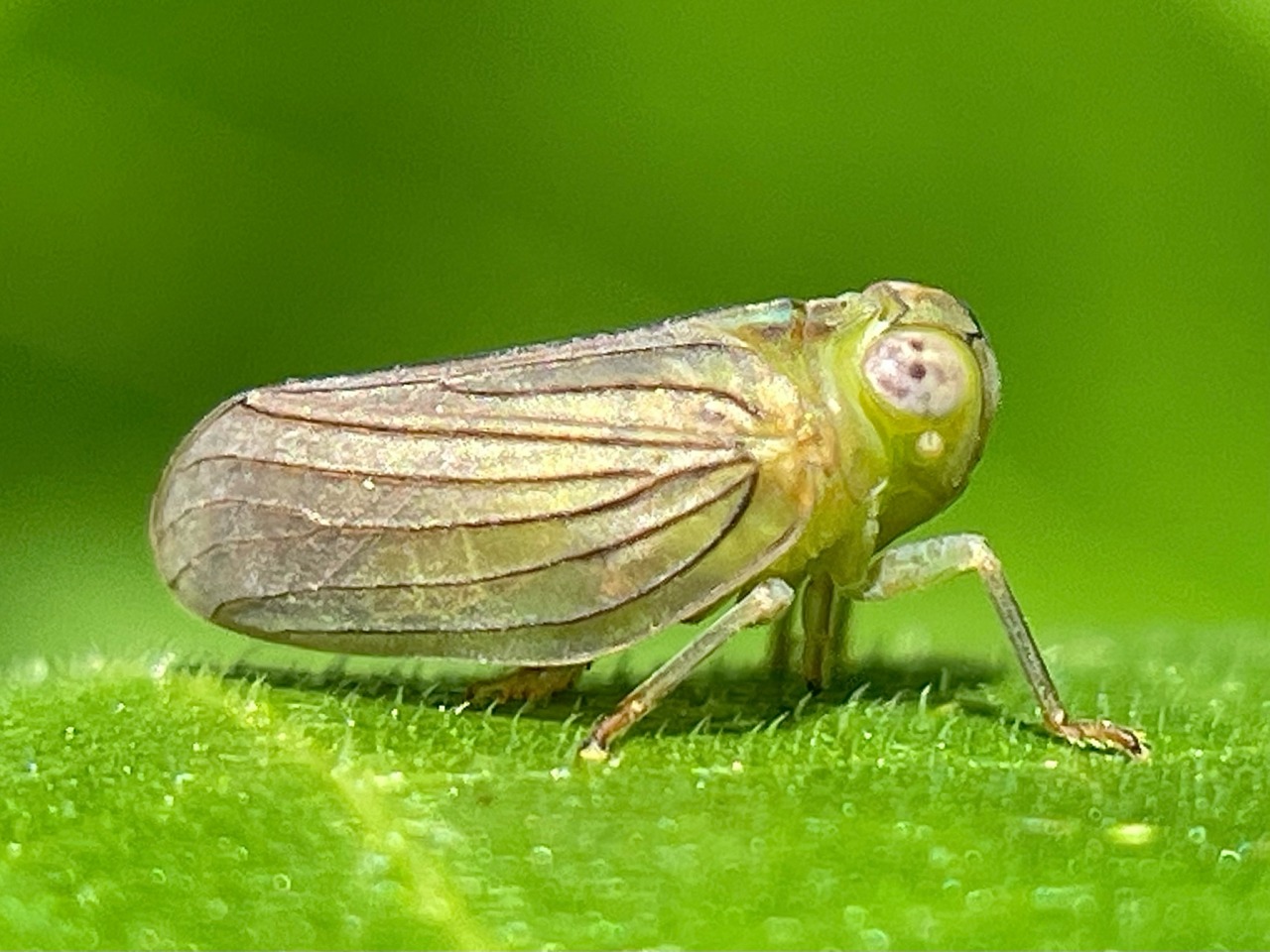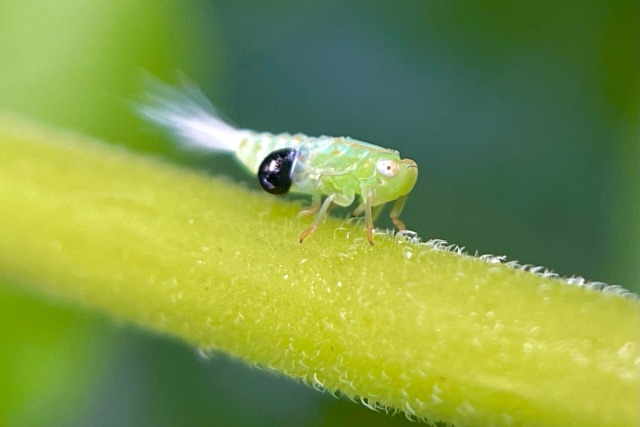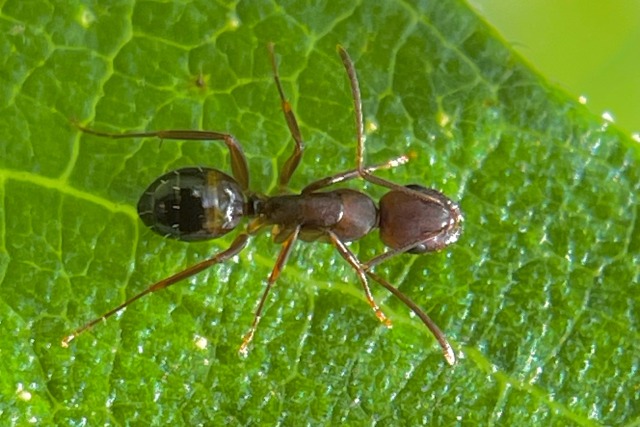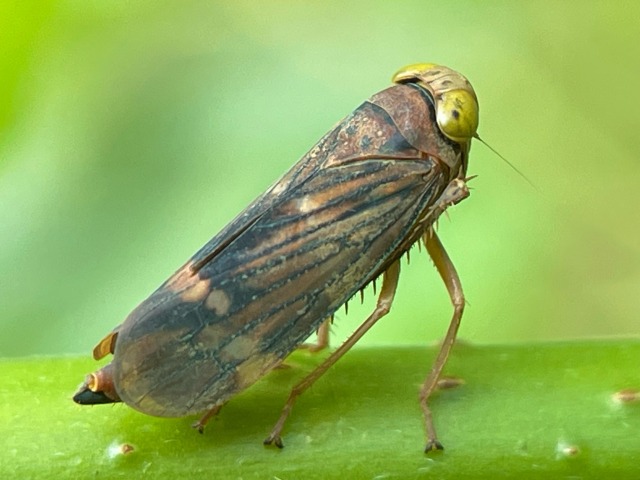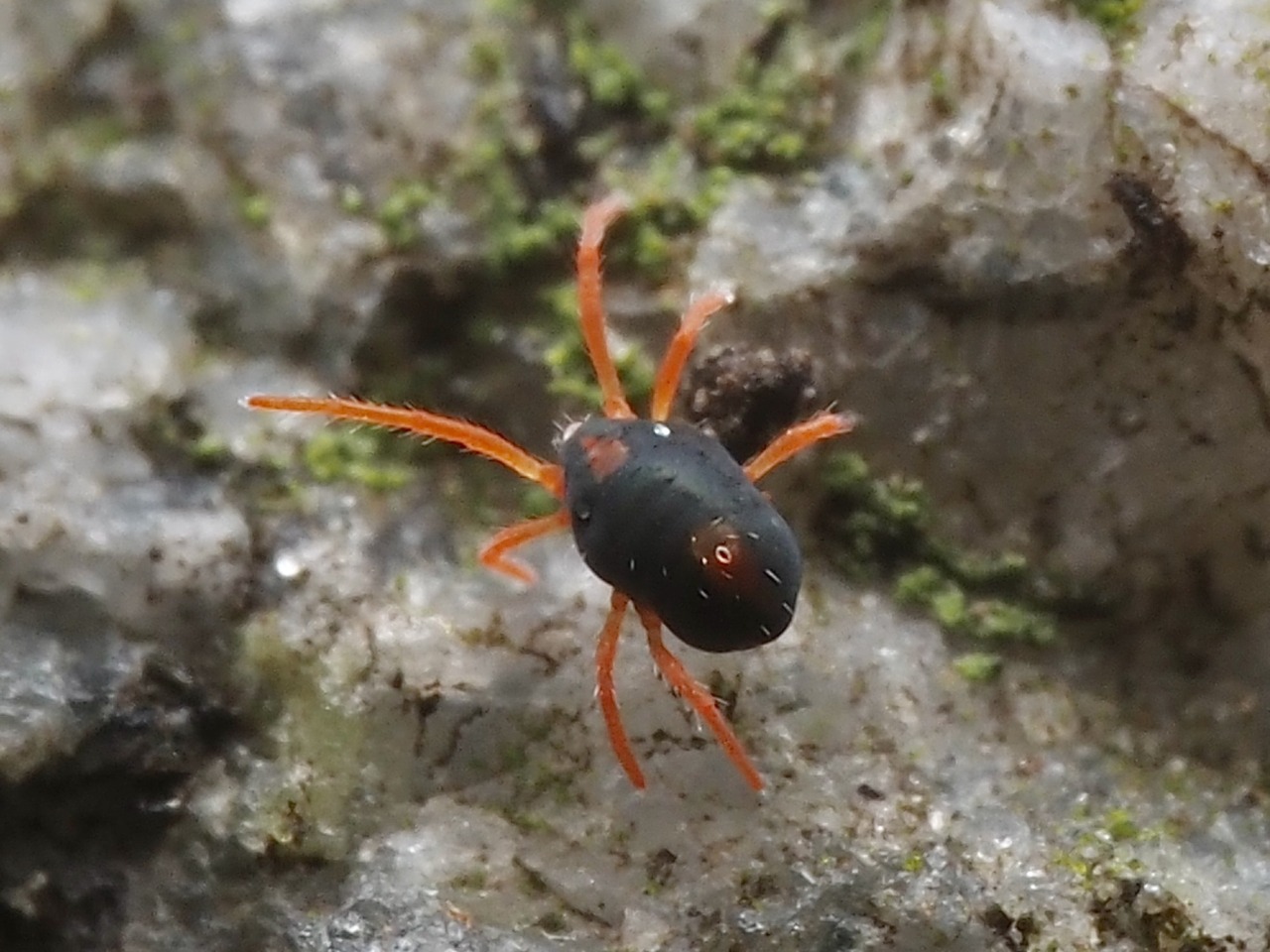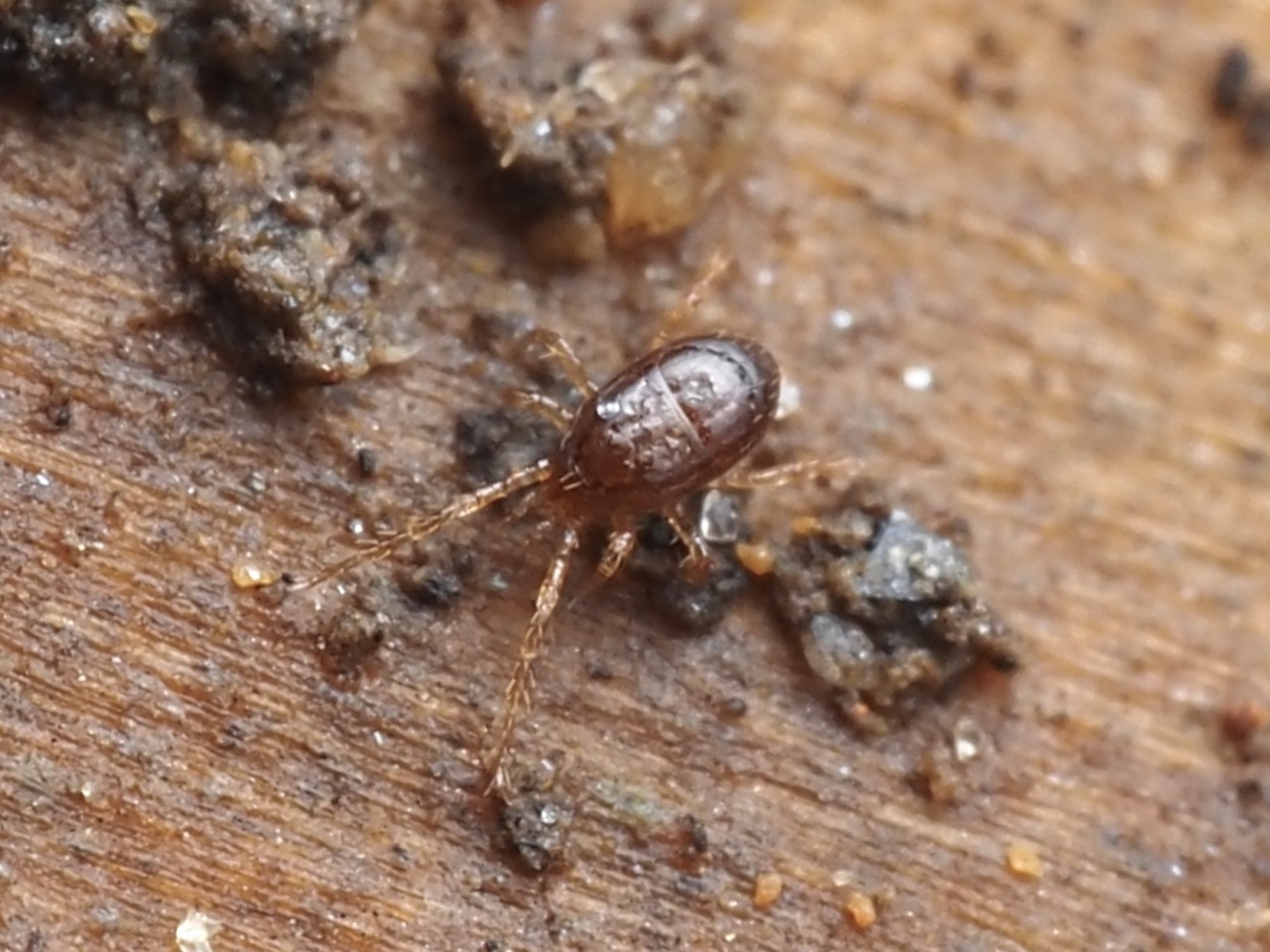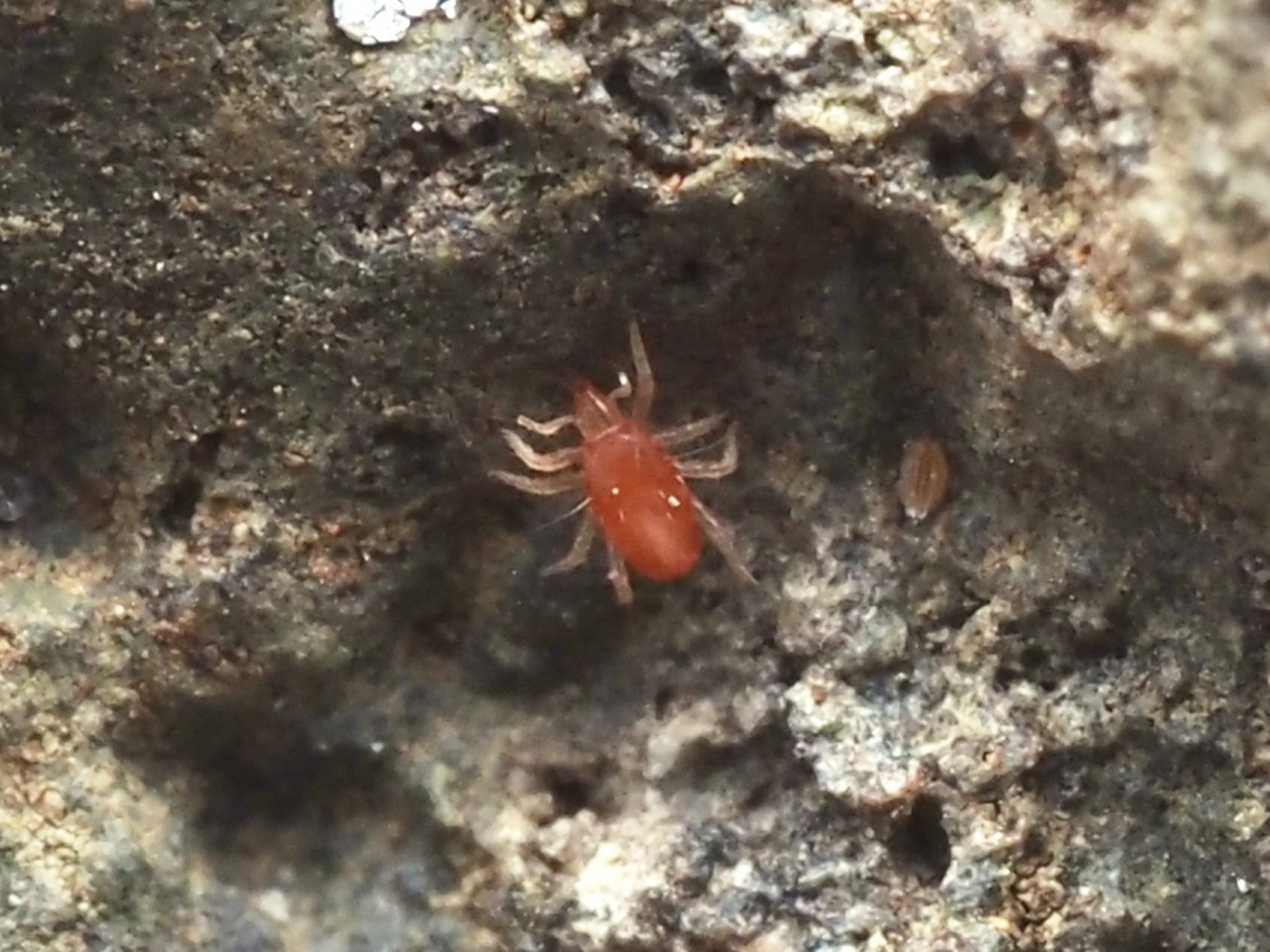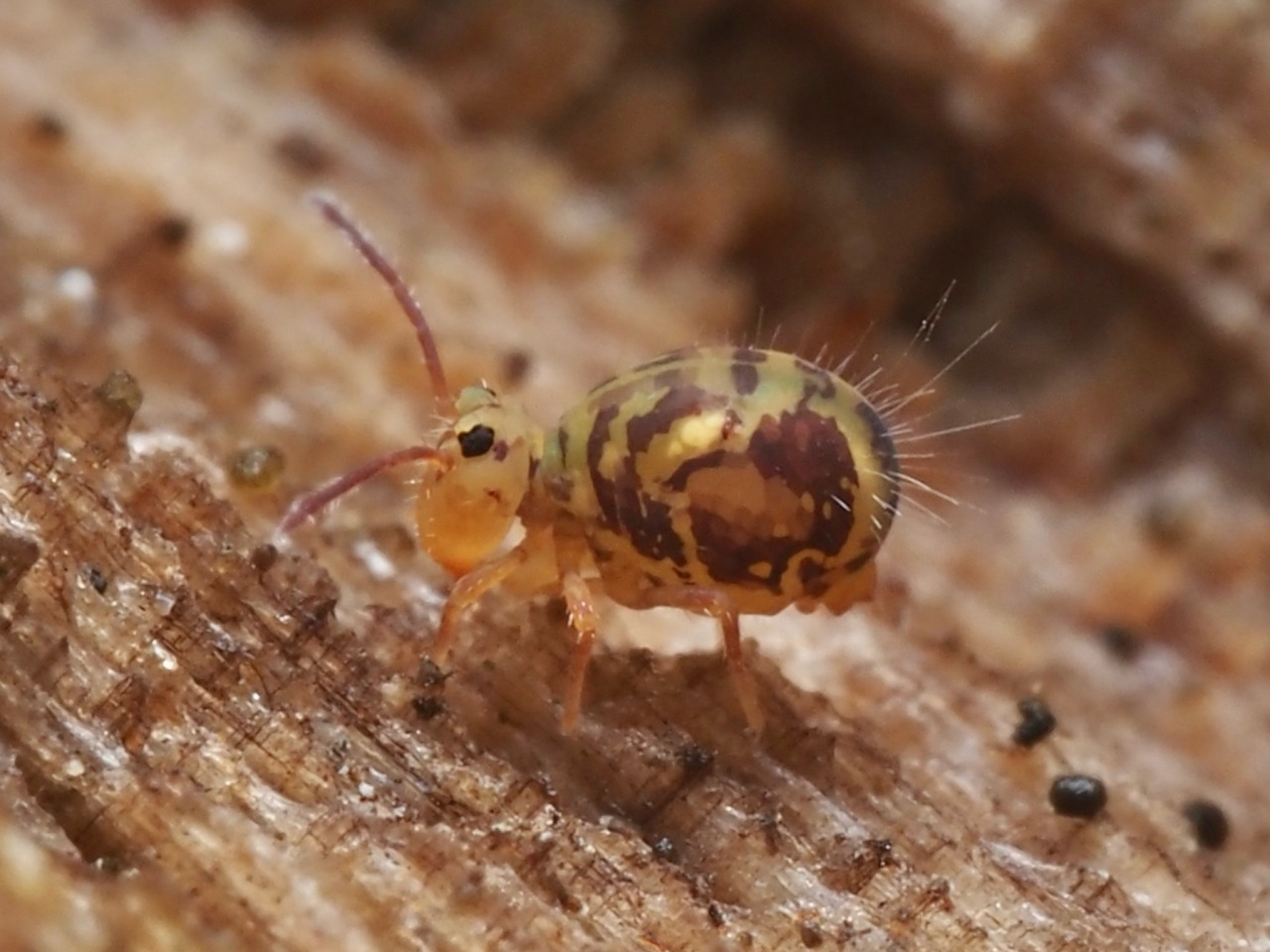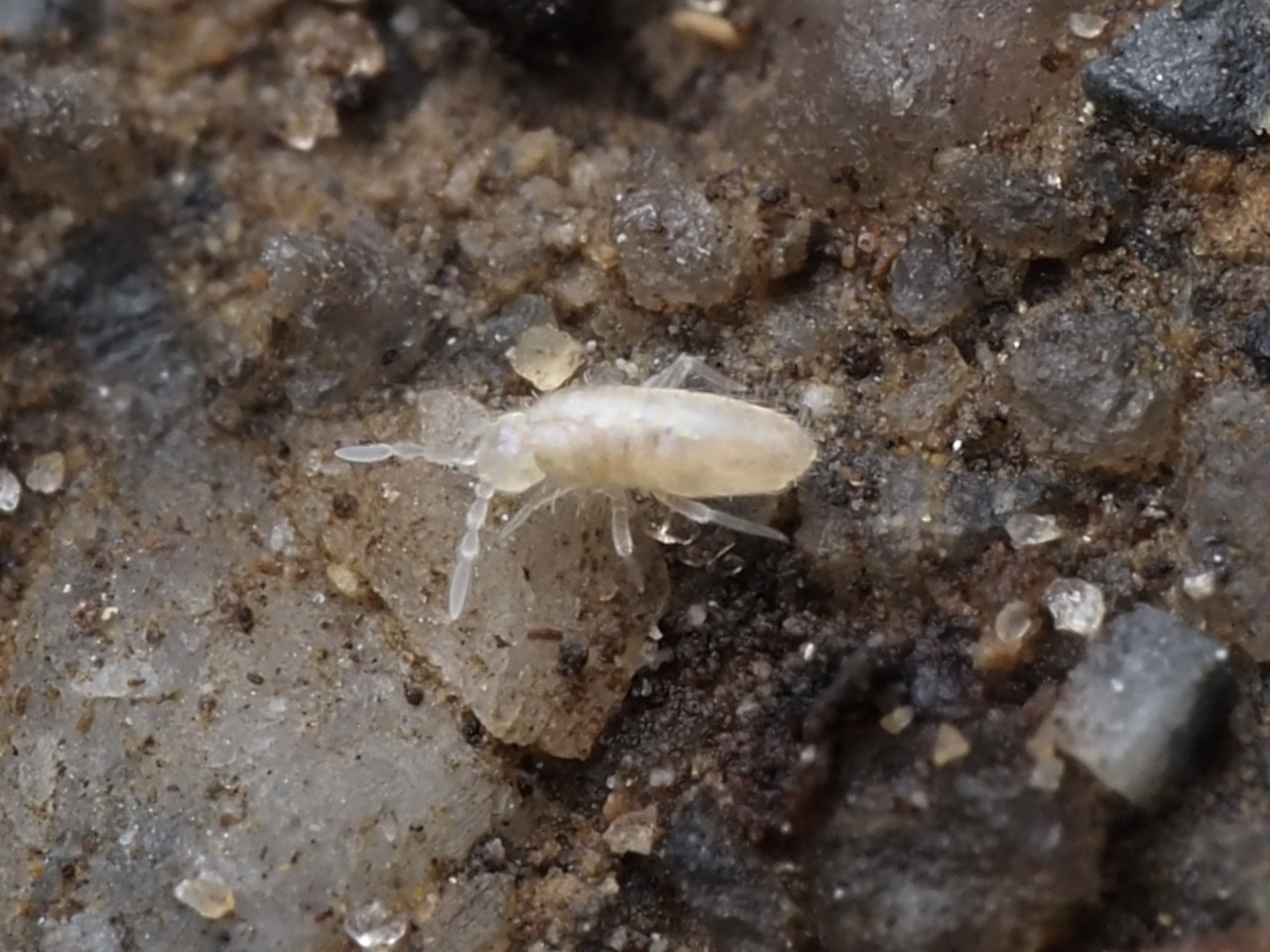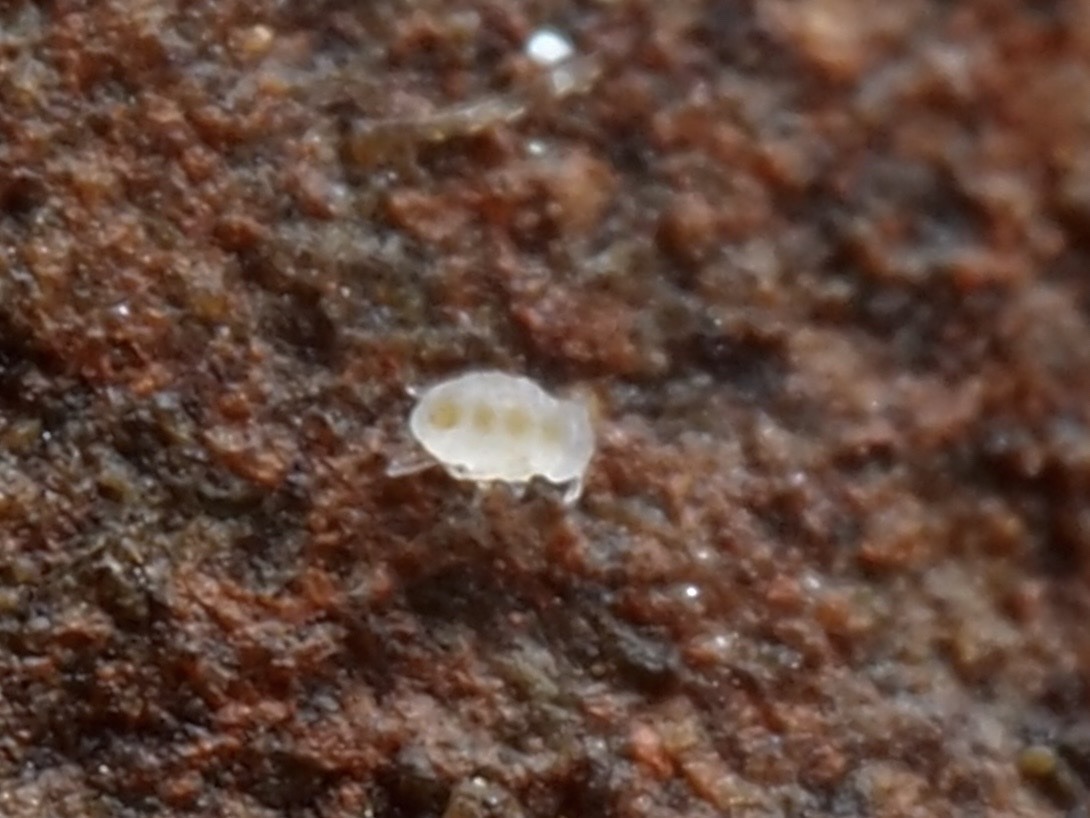I think people who want to push for more insect consumption should stop trying to push with crickets and instead should push with darkling beetle larva (mealworms, superworms) because crickets smell really bad and have kind of a fishy after taste while mealworms are just really starchy. Mealworms look tastier, smell tastier, and are tastier.
also we’ve had major problems with the domestic cricket population since 2010 in the US. Only two species of crickets are widely farmed for human consumption and one (Acheta domesticus) is ridiculously sensitive to fungi and viruses to the point of having repeated population crashes and the other (Gryllus bimaculatus) is considered high risk to become an invasive pest species in the US.
so, yeah. It ought to be mealworms.
Please continue to give me the insider cricket knowledge
GLADLY, i love talking about cricket paralysis virus. It completely fucking decimated the cricket breeding industry in the US and almost no one knows about it. It almost drove A. domesticus into extinction in the US and people have never even heard of it.
When it first showed up on US soil, people basically treated it like an unknown fungus. That’s not a bad guess, really; crickets are SUPER vulnerable to fungi infections, and that mostly meant treating everything they touched with lysol or even trying to replace entire pieces of equipment. Nothing seemed to work. They’d get fresh eggs in, hatch ‘em, and the crickets would successfully molt to young adulthood and then die. Quite a few cricket farms had to shut down entirely.
Meanwhile, the reptile hobby was struggling to fill this niche. That’s when people learned that there really AREN’T other crickets that are farmed widely. Most other species just aren’t suitable for large-scale farming: they’re either highly aggressive, slow breeding, have highly specific diets, or are high risk for being invasive pests.
There were also several large scandals where supplies started selling an entirely different species (Gryllus assimilis - the Jamaican field cricket) as ‘brown crickets’ or ‘field crickets’. This was a HUGE mistake, because this species is HIGHLY aggressive and considerably larger than the domestic cricket. People would unthinkingly dump the field crickets into their reptiles’ tank and not really think much about it until they got up the next day and found their pet covered in cricket bites and potentially even killed.
There was a huge rush to fill the void--- places sold out of every other feeder insect available. There were waiting lists for superworms and mealworms. I don’t know how badly it hit the chicken hobby, but it was bad for reptiles.
Meanwhile, there was still this huge mystery about what was killing the crickets. We knew that it specifically affected the domestic cricket and didn’t seem to harm other species. By 2015, we were pretty sure it was some sort of cricket paralysis virus, but it didn’t behave like any other we knew about.
It was only relatively recently--- like 2021, I think?--- that we finally learned it’s a DENSOvirus, which is the same virus family that has parvoviruses. This is exactly why it was so hard to eliminate from the environment. Once it’s established in a facility, there’s basically no choice but to start all over again. Most facilities are trying to switch to the much less vulnerable banded cricket (Gryllodes sigillatus), but those haven’t been approved for human consumption yet in the US. You can still find them, but it’s considerably harder to find them compared to A. domesticus.
but yeah. that means cricket farming facilities have to choose if they want to supply humans OR animals right now. They no longer have the luxury of being able to raise just the domestic cricket and being able to supply to two markets.
There are some growing concerns now about iridoviruses within both the domestic cricket and the banded cricket. So that’s fun too.
I didnt even know there was a domestic cricket species that is so interesting. I actually noticed a while back how all the cricket bins were suddenly empty and no pet store was selling feeder insects or were out of stock. I was just looking for some treaties for the birds so i didnt pay it to much mind but that would explain it.
In general it seems like crickets really shouldnt be the poster child for insect consumption especially as an alternative to other livestock if they really are struggling that bad. Livestock needs to be hardy and able to be raised in various conditions.
In my dried edible insects haul i got i actually got some field crickets in there and they were quite nasty compared to the other crickets less fishy and just more foul. The grasshoppers tasted better then all of them and more like alfalfa (which makes sense lol)
This is also why you don’t want to give feeder crickets to mantises! They’re biology is just close enough that they can get the virus :( .....but it doesn’t affect some other insect groups like assassin bugs, and obviously doesn’t affect arachnids
might I offer these handsome Gryllodes sigillatus to anyone looking for cricket feeders? I can’t say whether they’re a replacement for Acheta for feeding people, but for insectivore pets they’re honestly one of my favorite things to feed.
they are non-aggressive with small mandibles, have a quiet, chipping song, and don’t stink half as bad as Acheta, although they do have a noticeable musty odor that’s stronger than some roaches (B. dubia)and milder than others (blattids). and best of all they seem quite resistant to cricket paralysis, or else the suppliers can control for that better (not sure if they can get it and spread it but just aren’t affected, need to read up on that). whenever I buy them from Rainbow Mealworms or local expo vendors, I almost always have 100% survival rate until they get eaten, and that can take months!
one caveat is that they need a good amount of heat to breed properly, which makes them much less convenient to culture than roaches, but I’ve heard they’re even easier to breed than Acheta even without the virus issue. I have hatched eggs every time I buy adults but don’t have the setup to raise the hatchlings.
they’re also jumpy little devils—particularly at breeding temperatures—great for visual predators, not great for clumsy humans. still, I adore these stripy things, and so do all of my insectivores (literally everyone prefers these to dubia).
